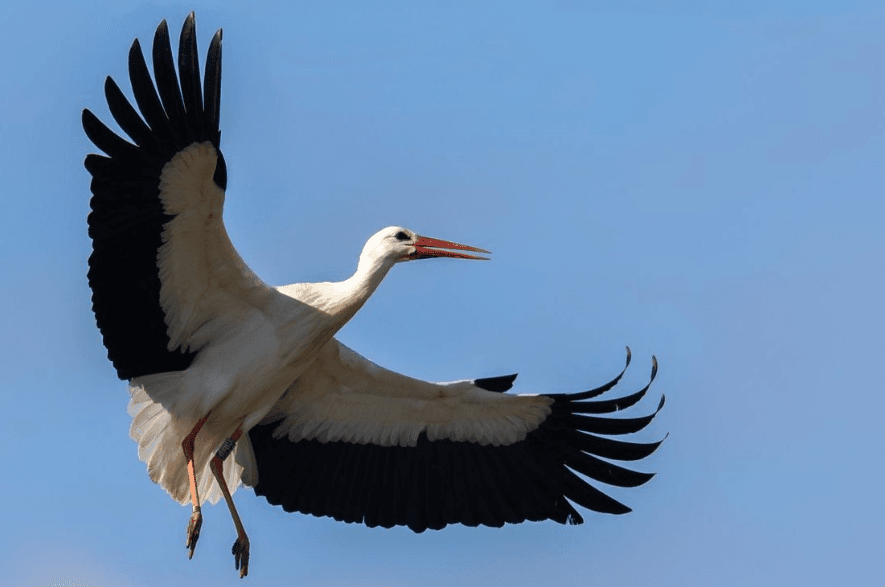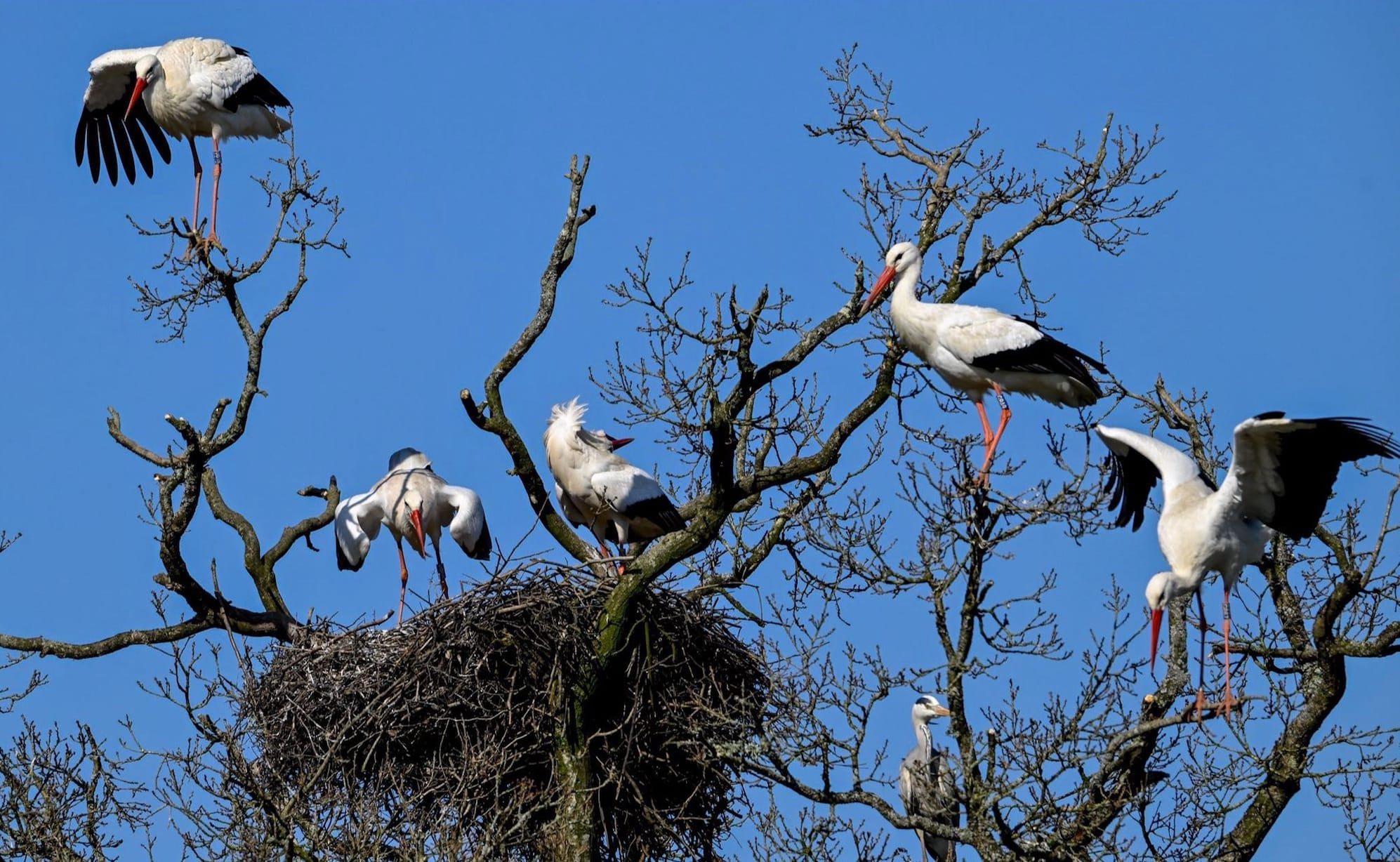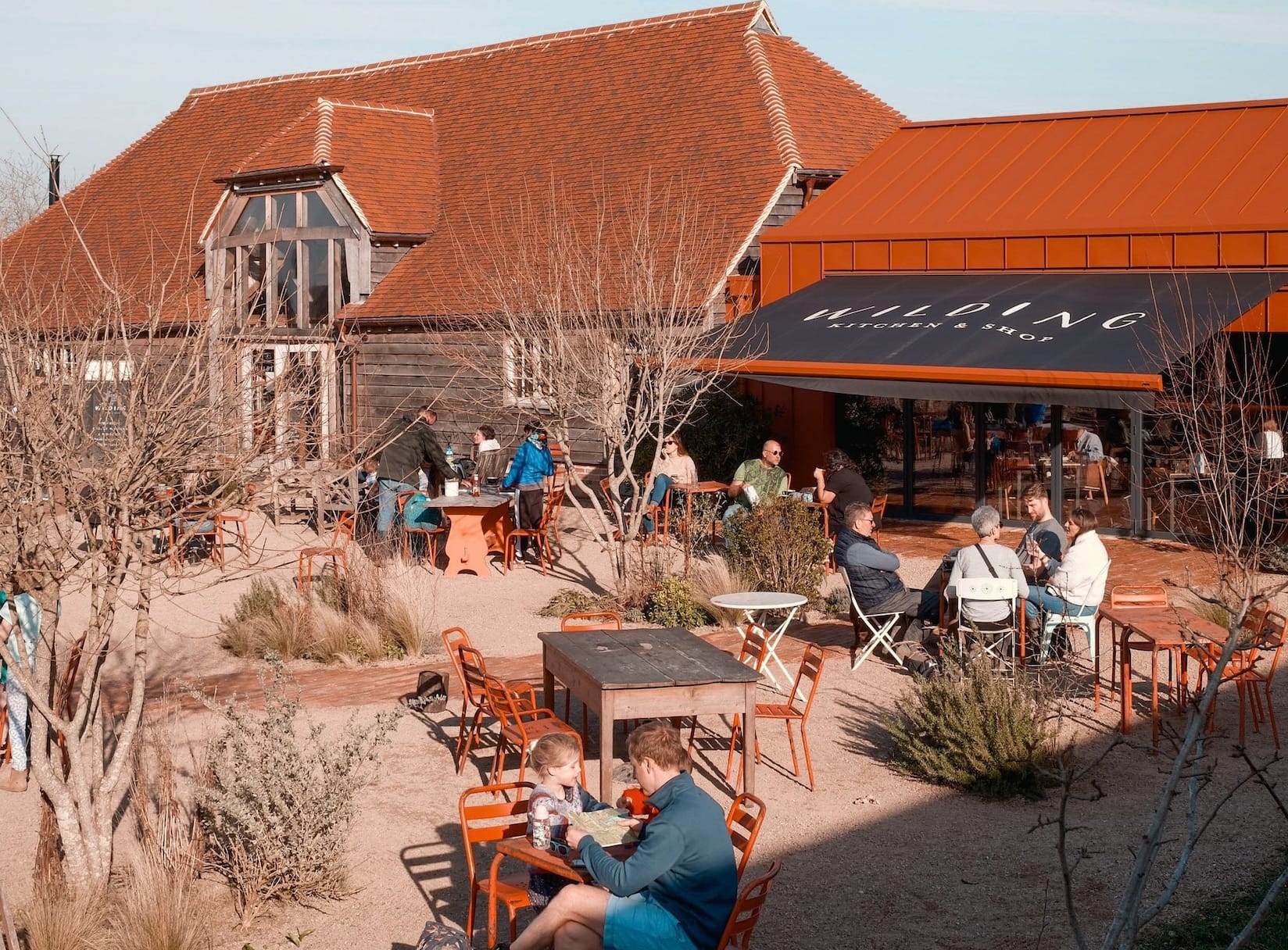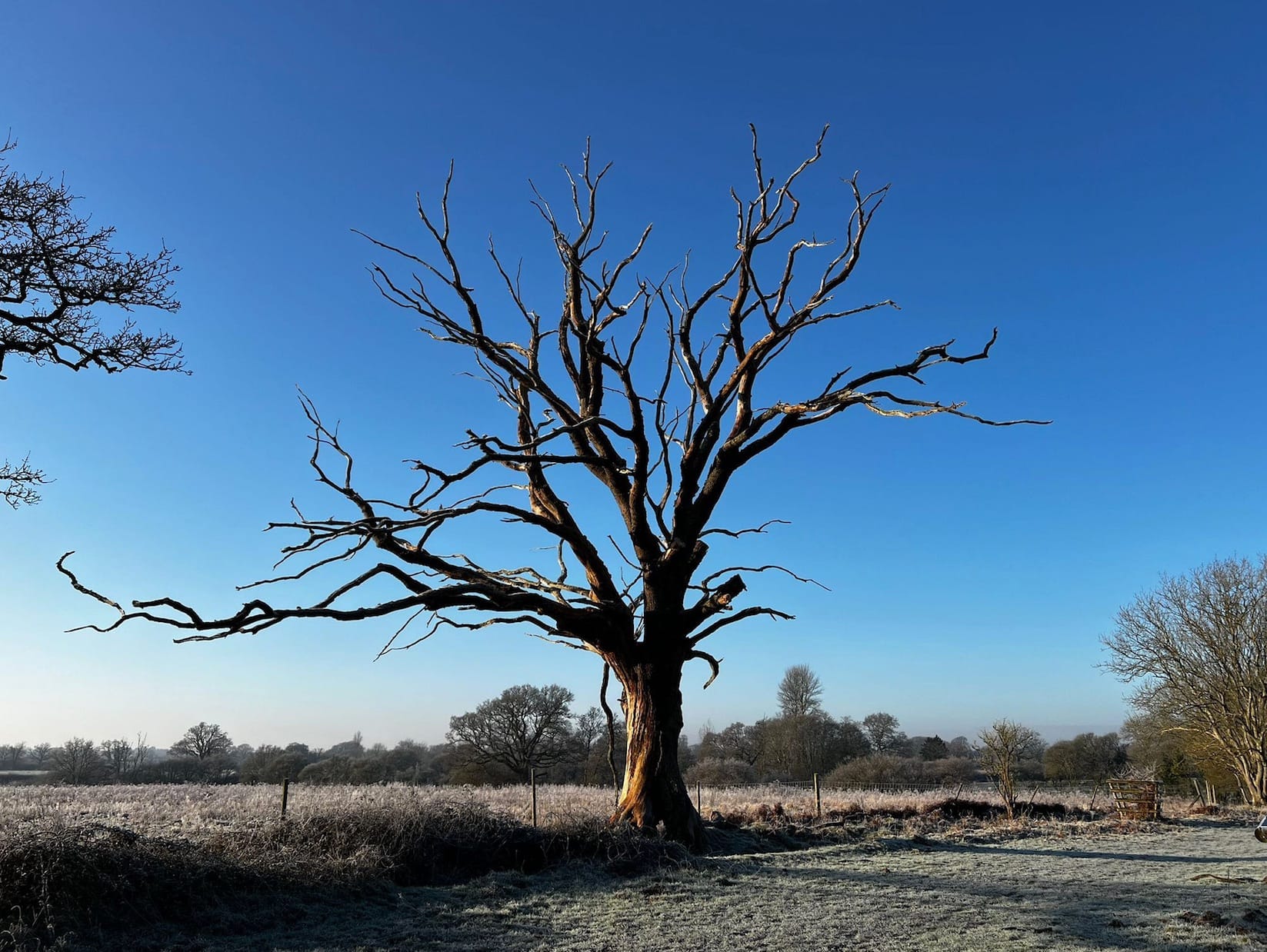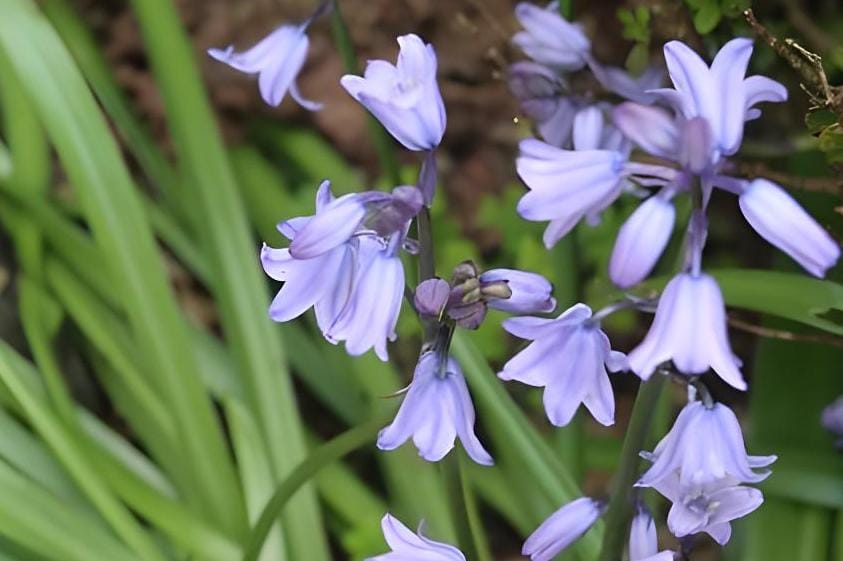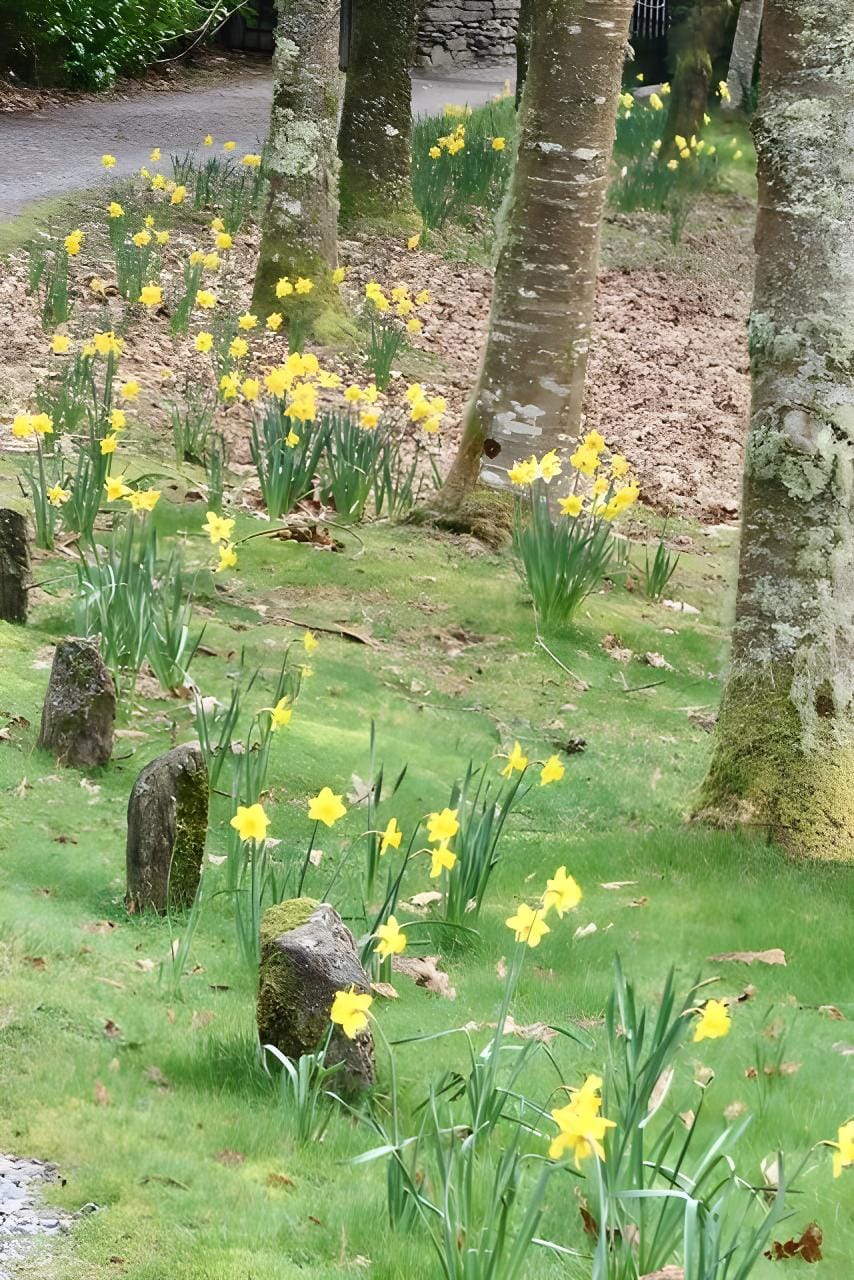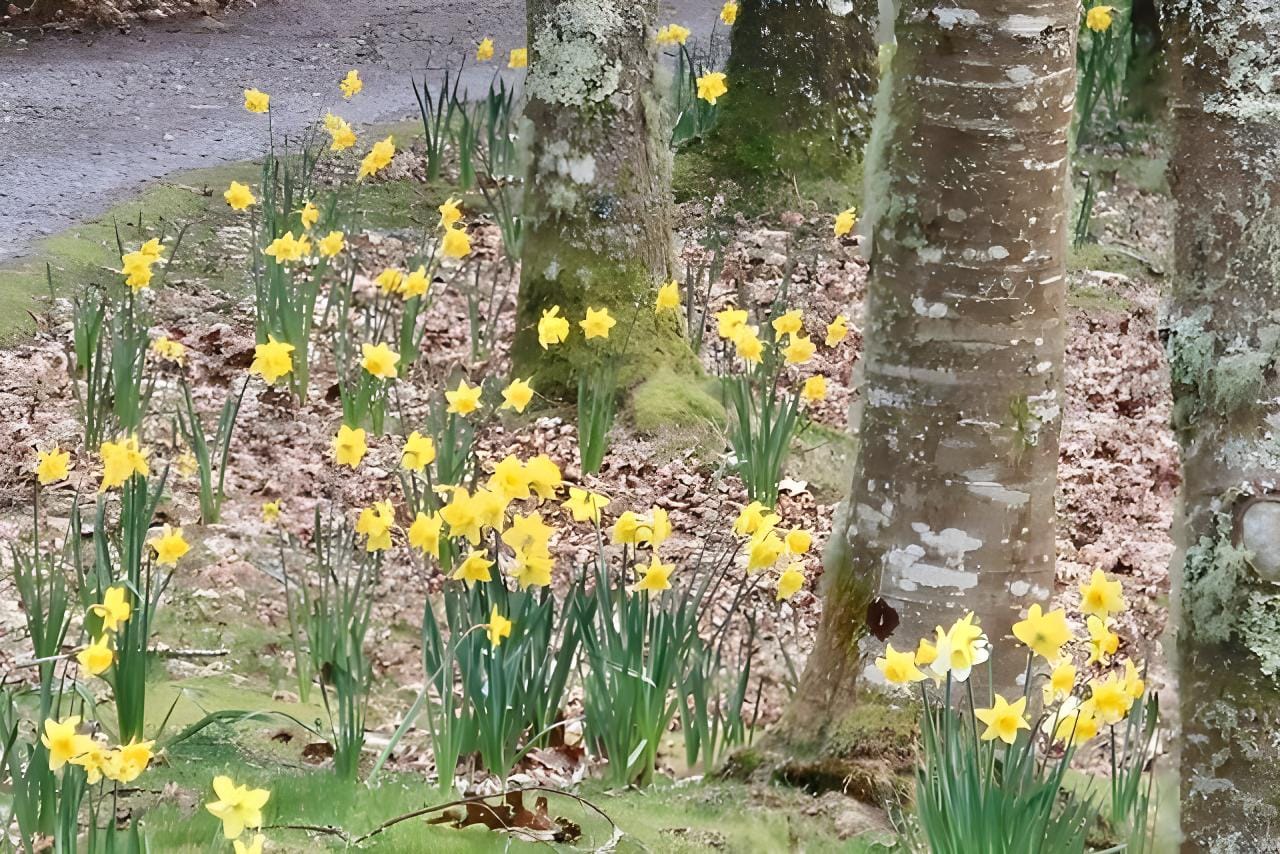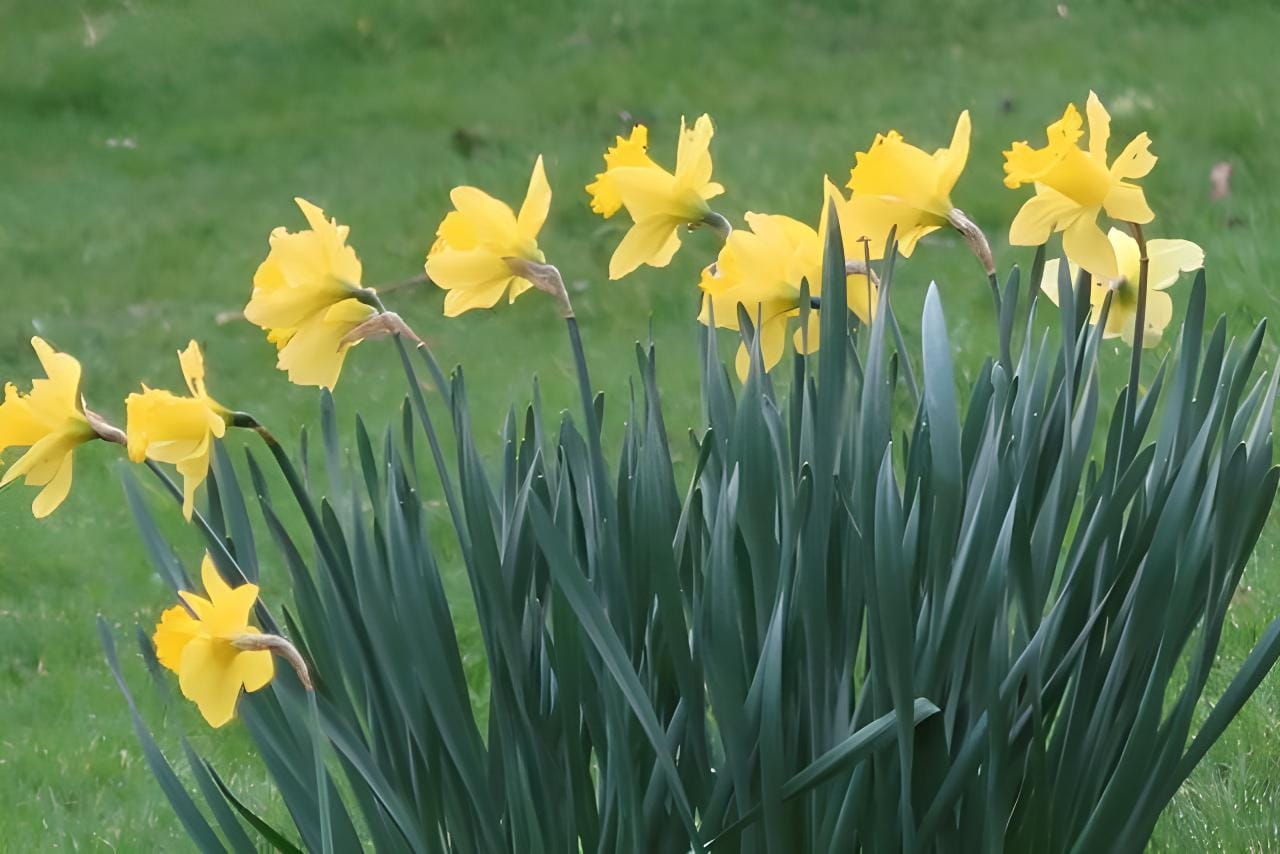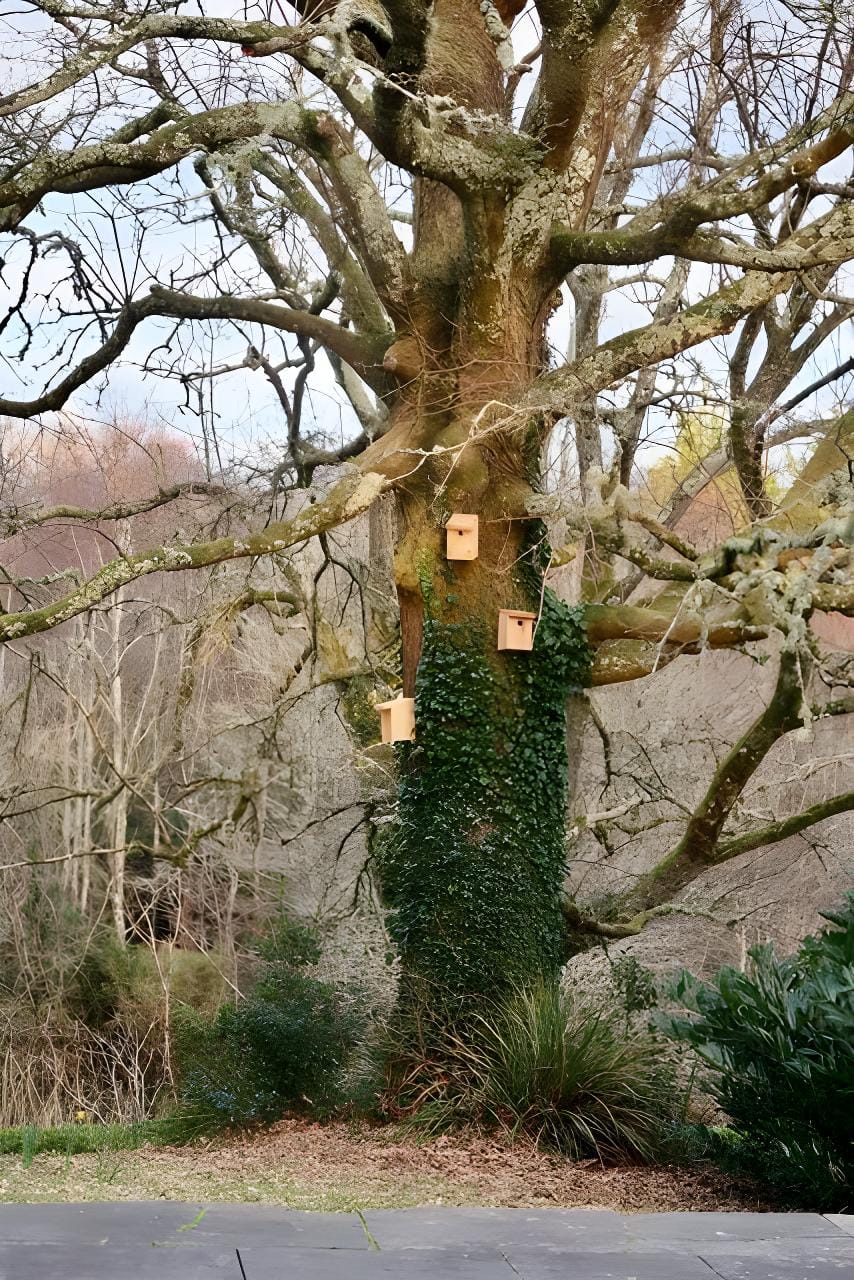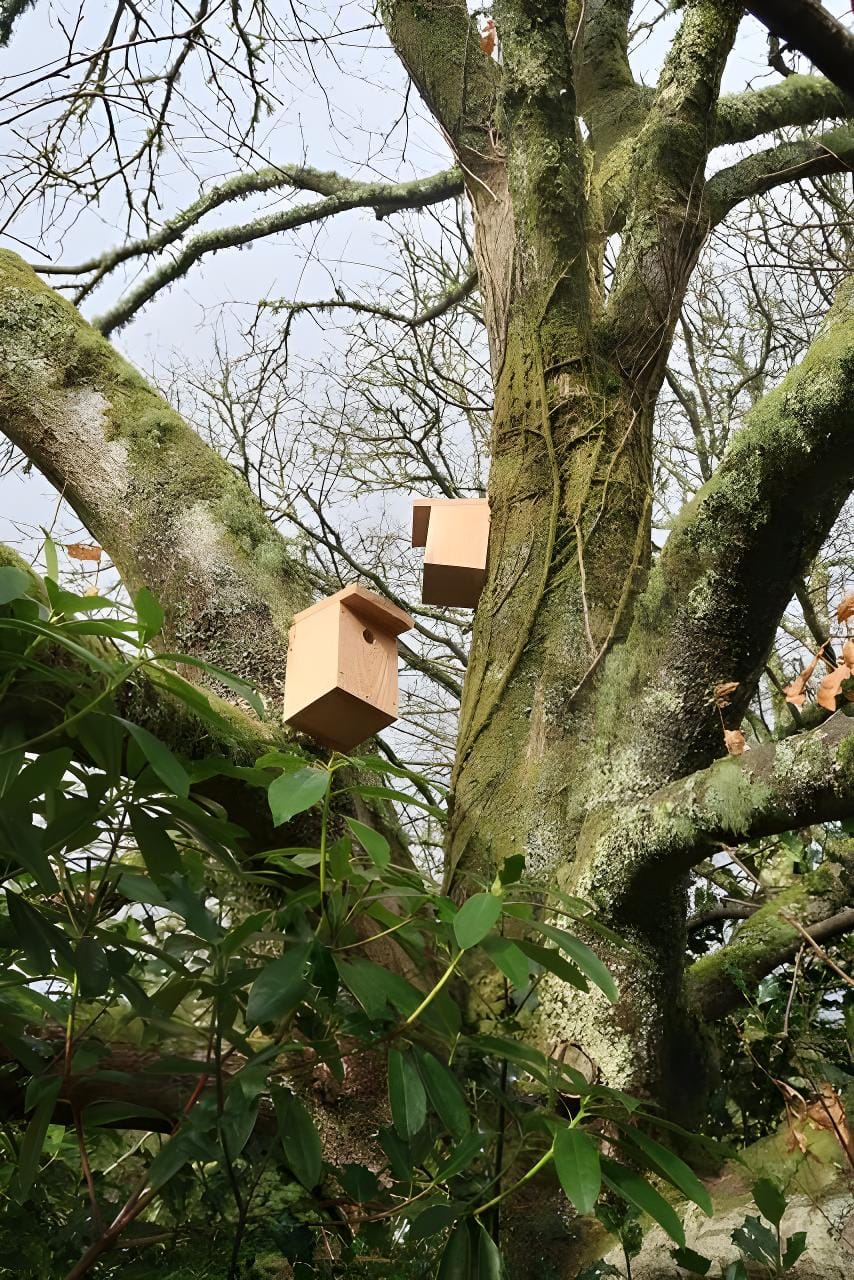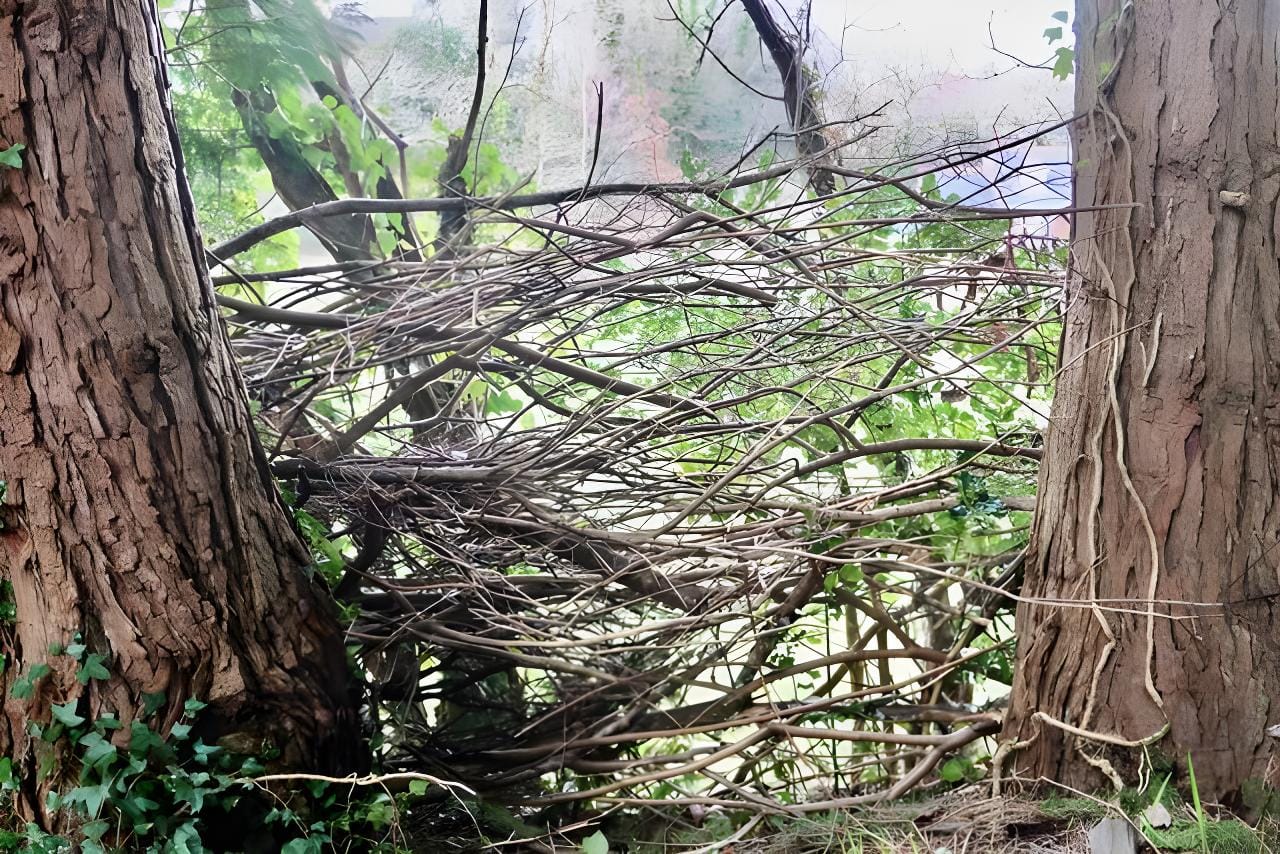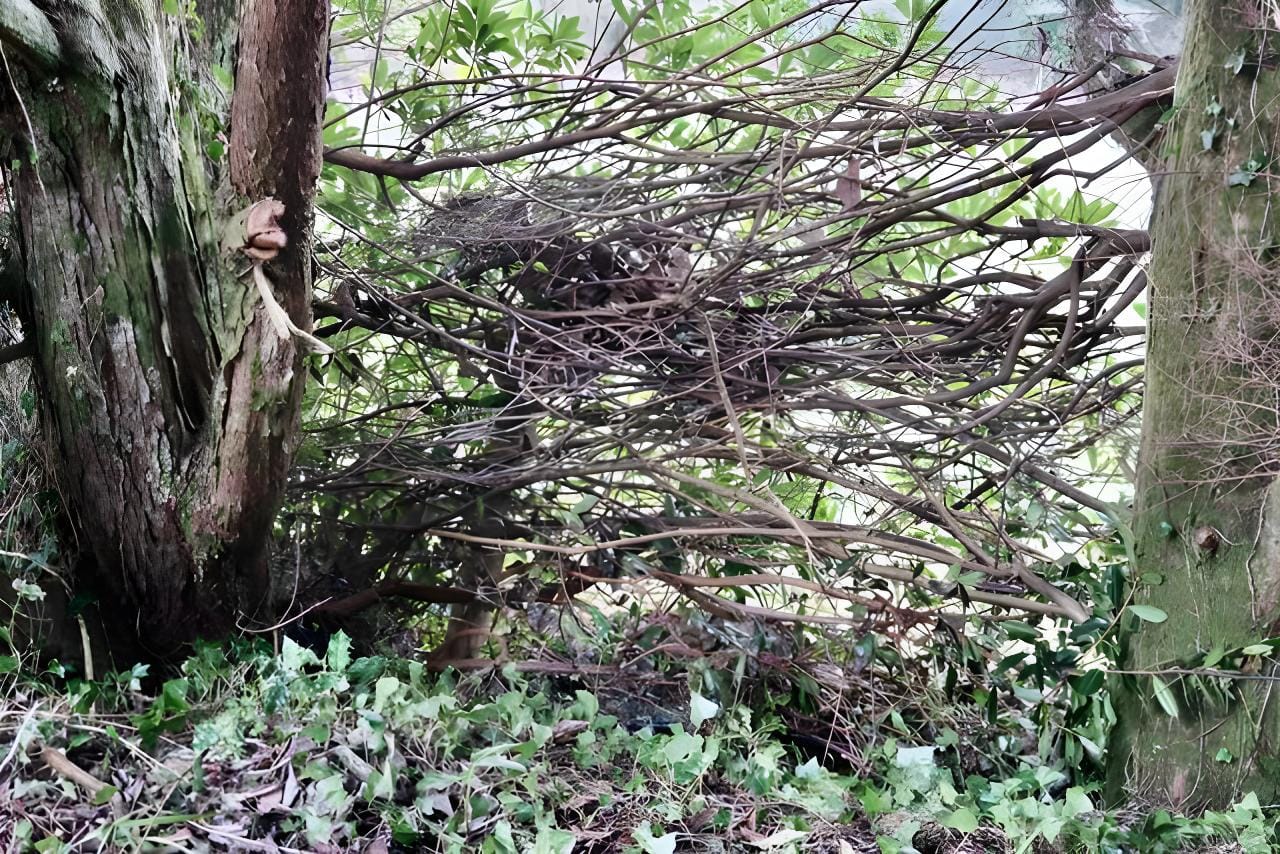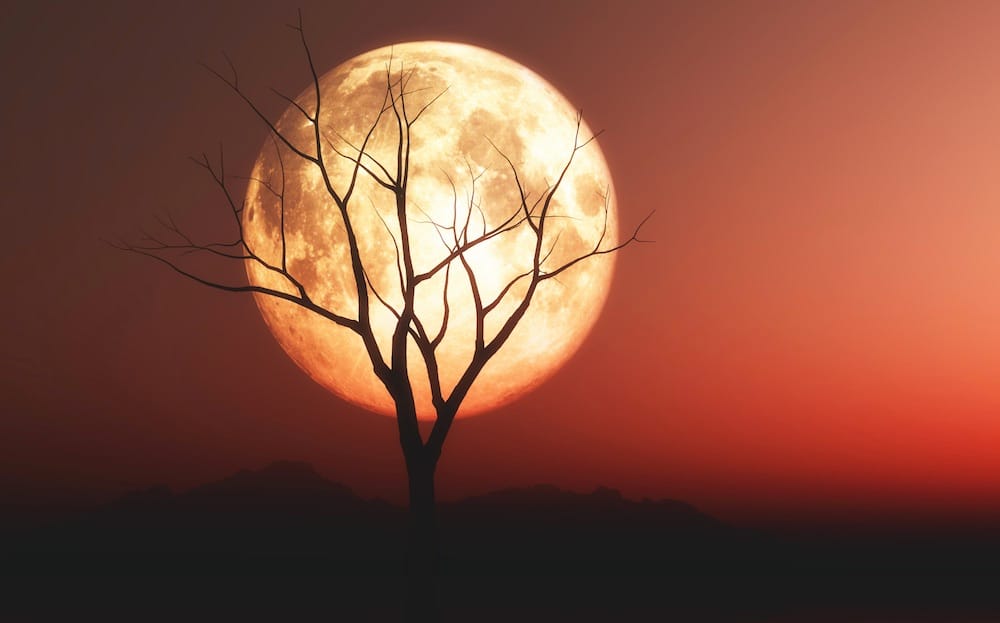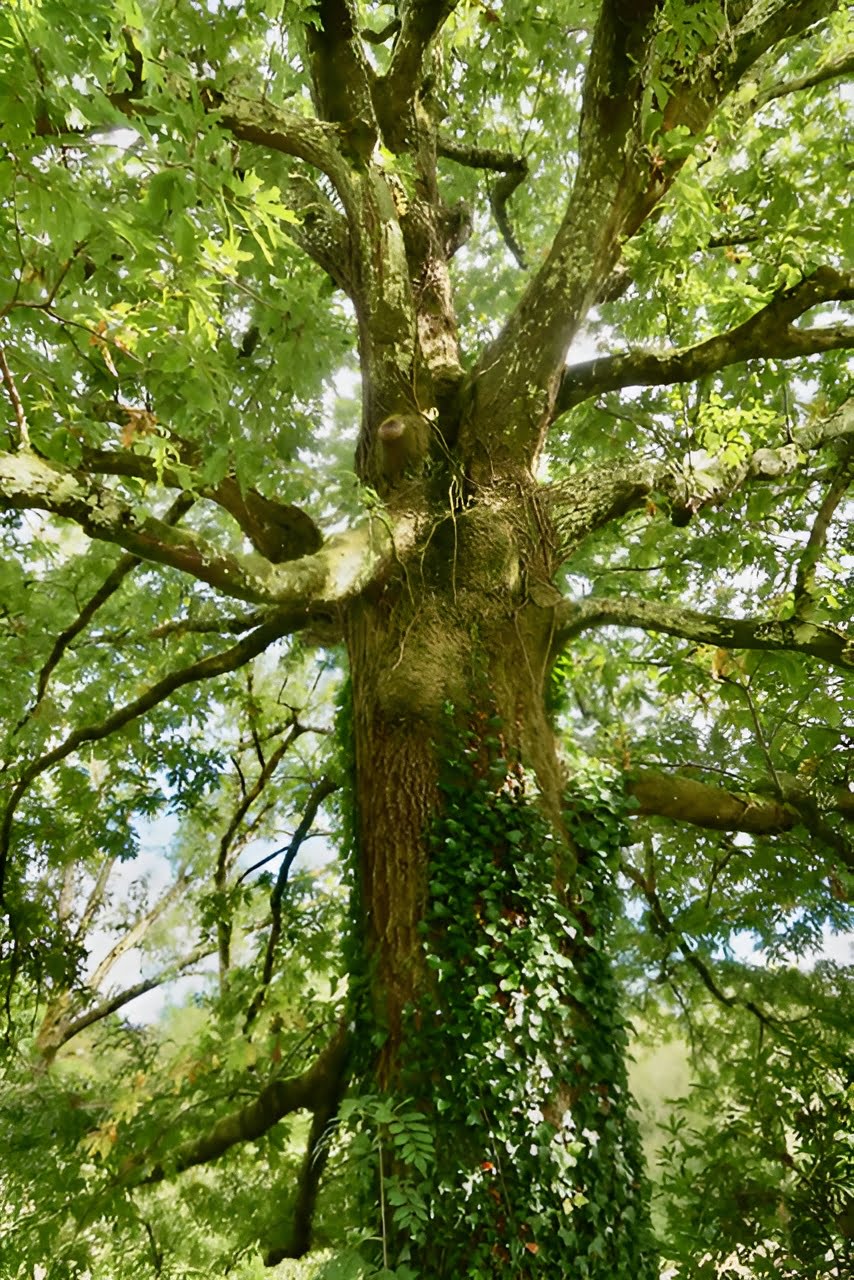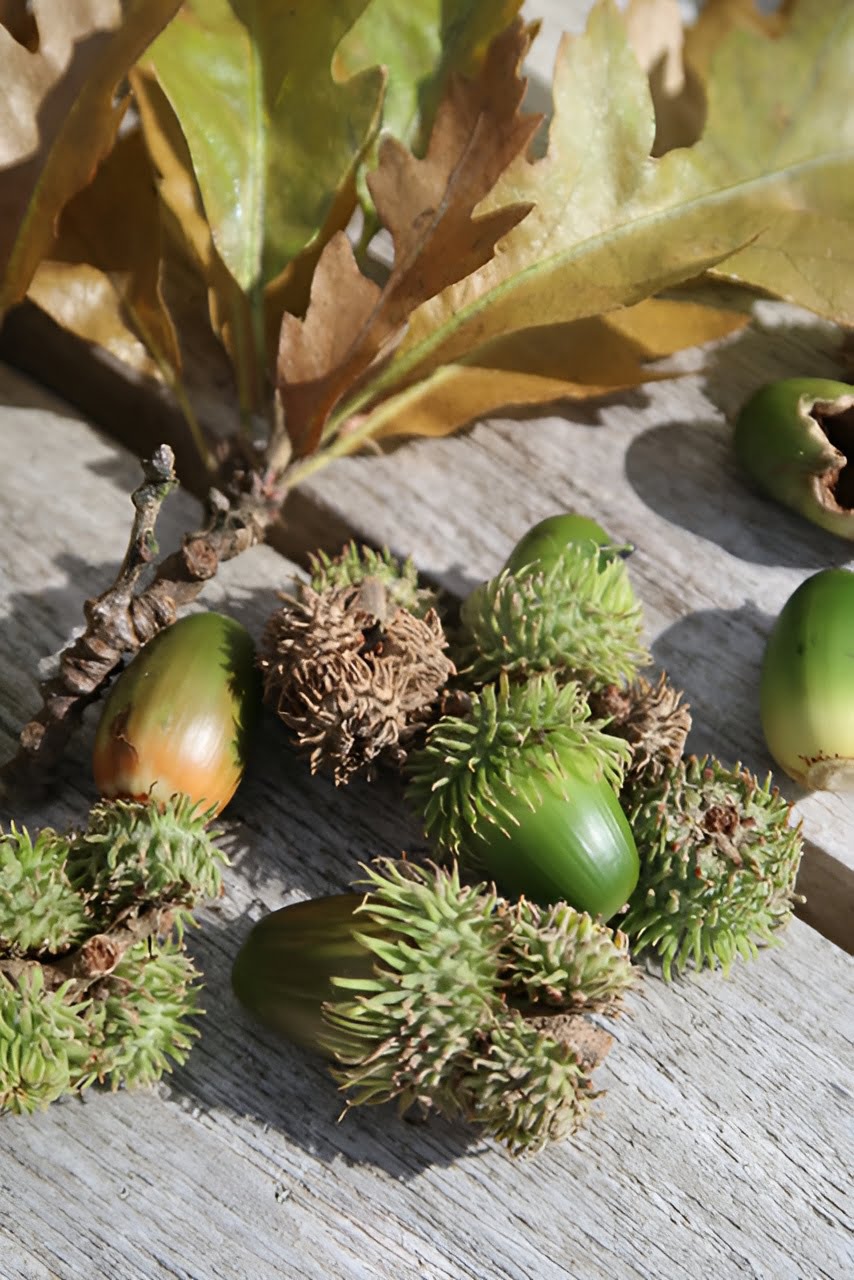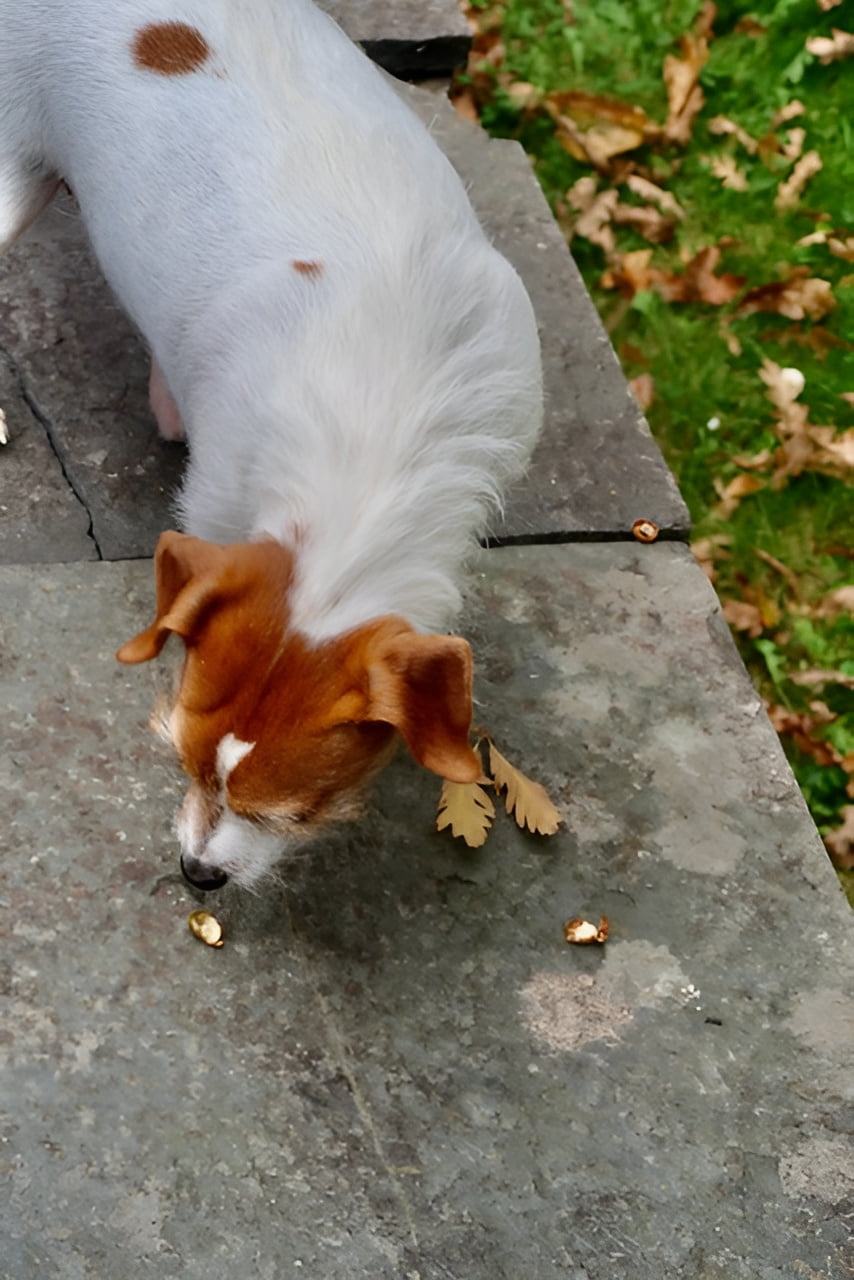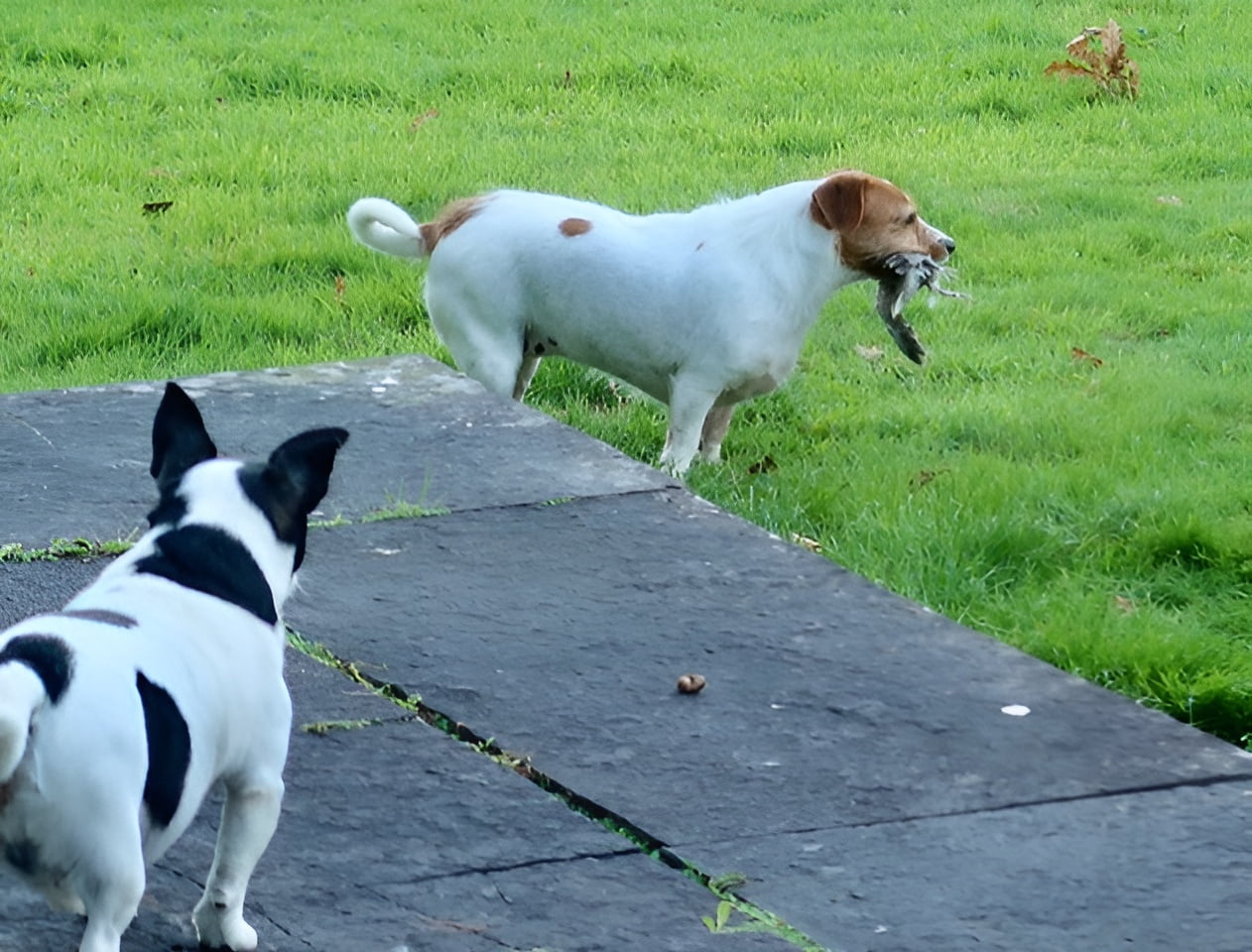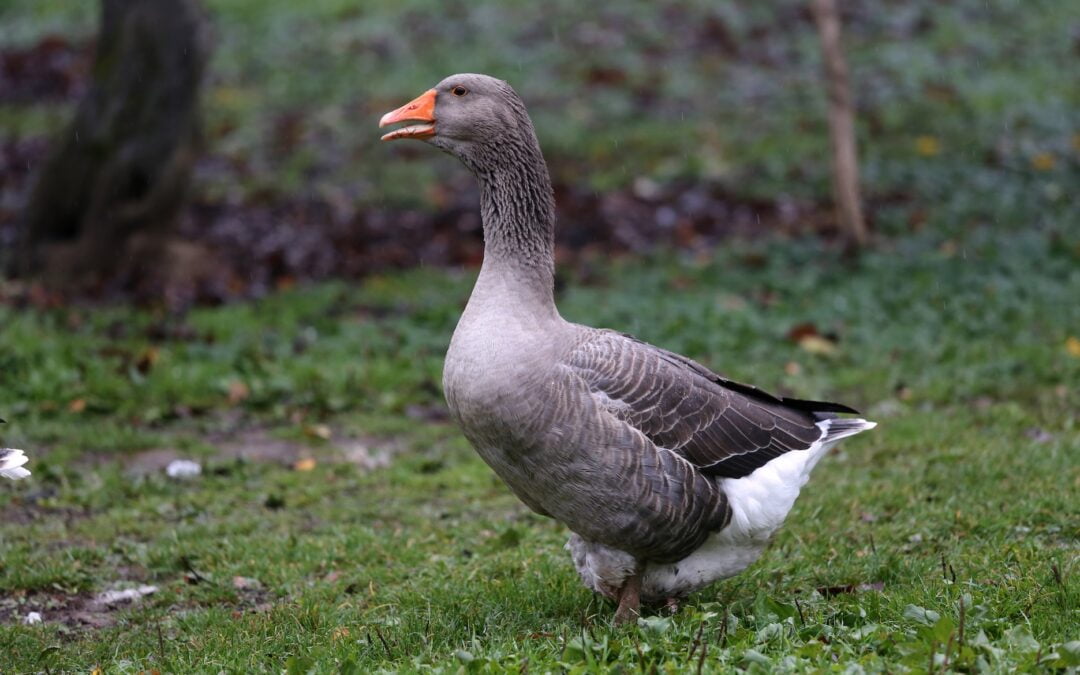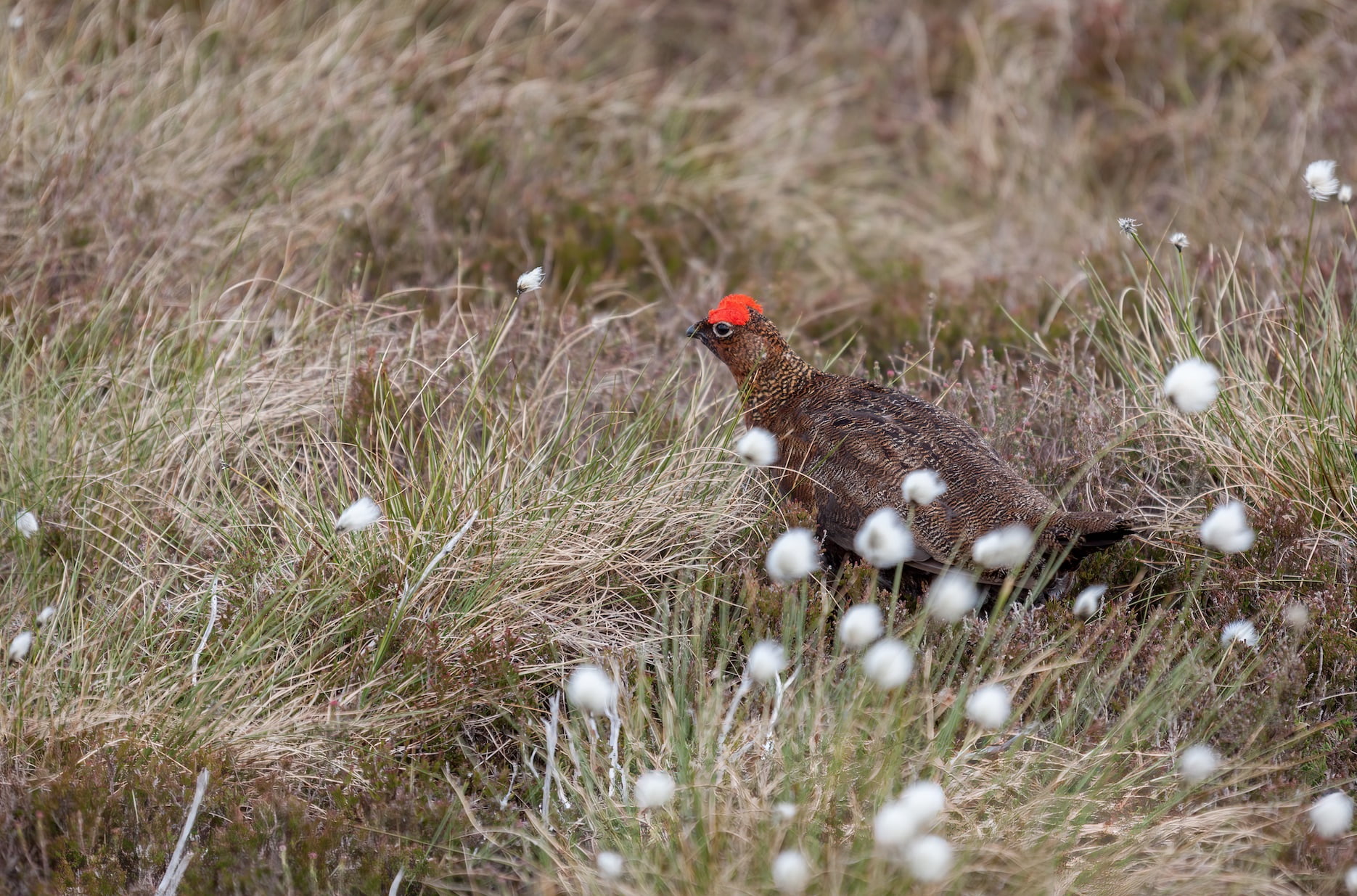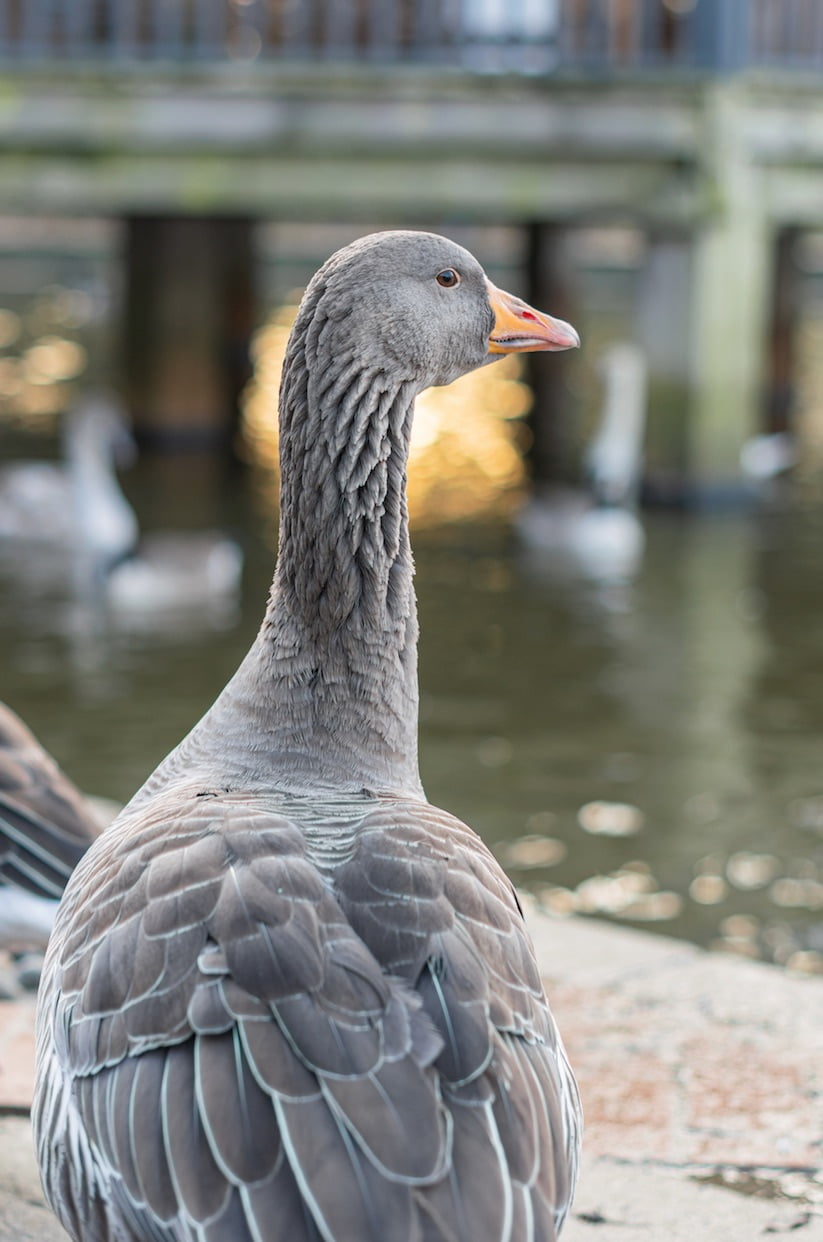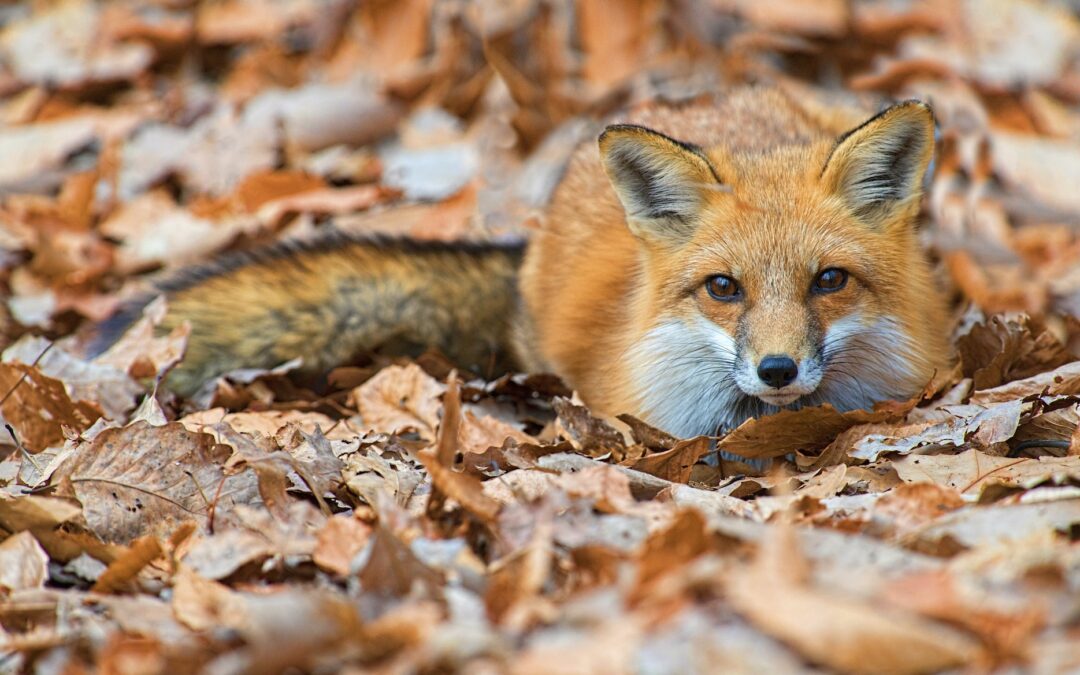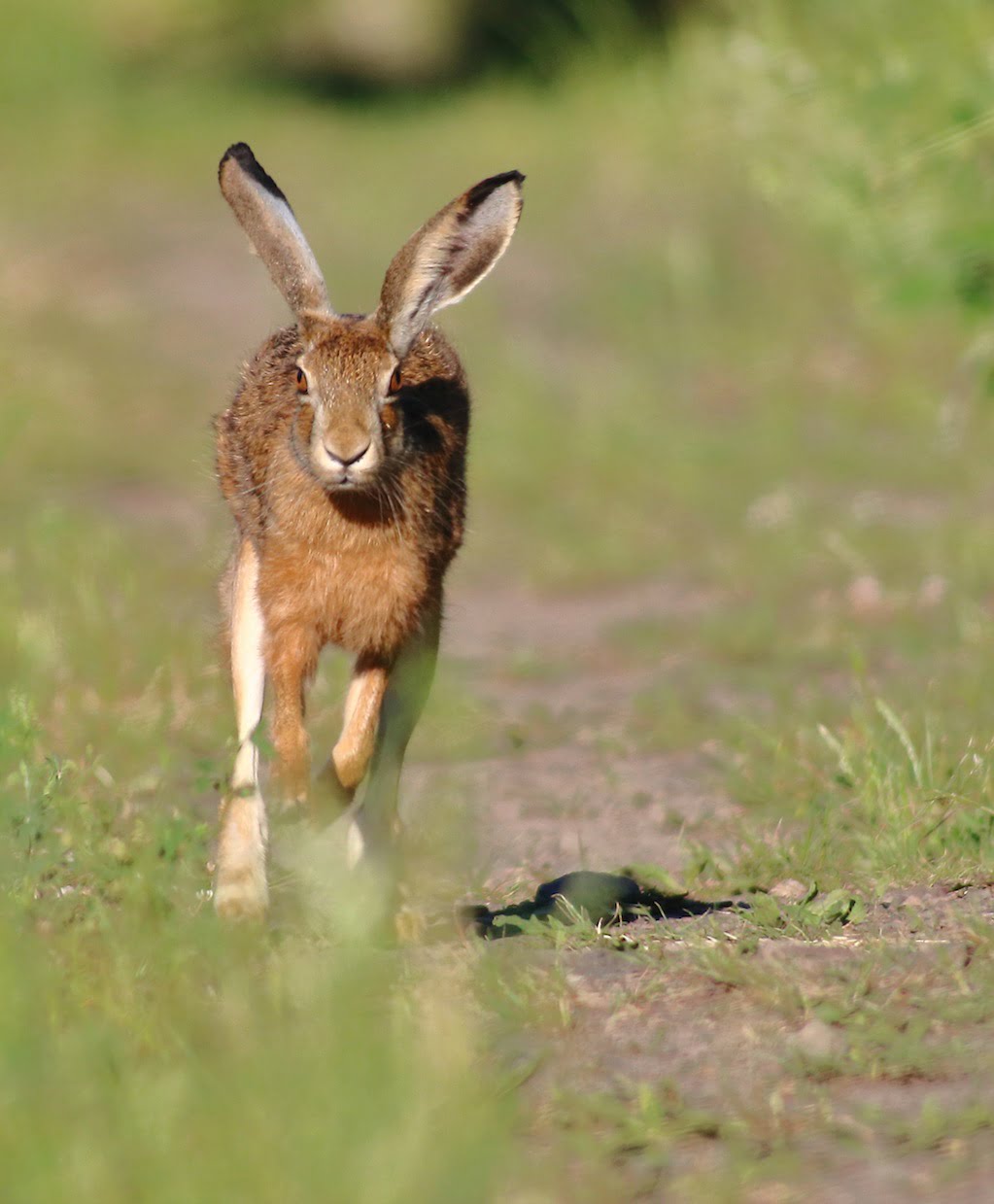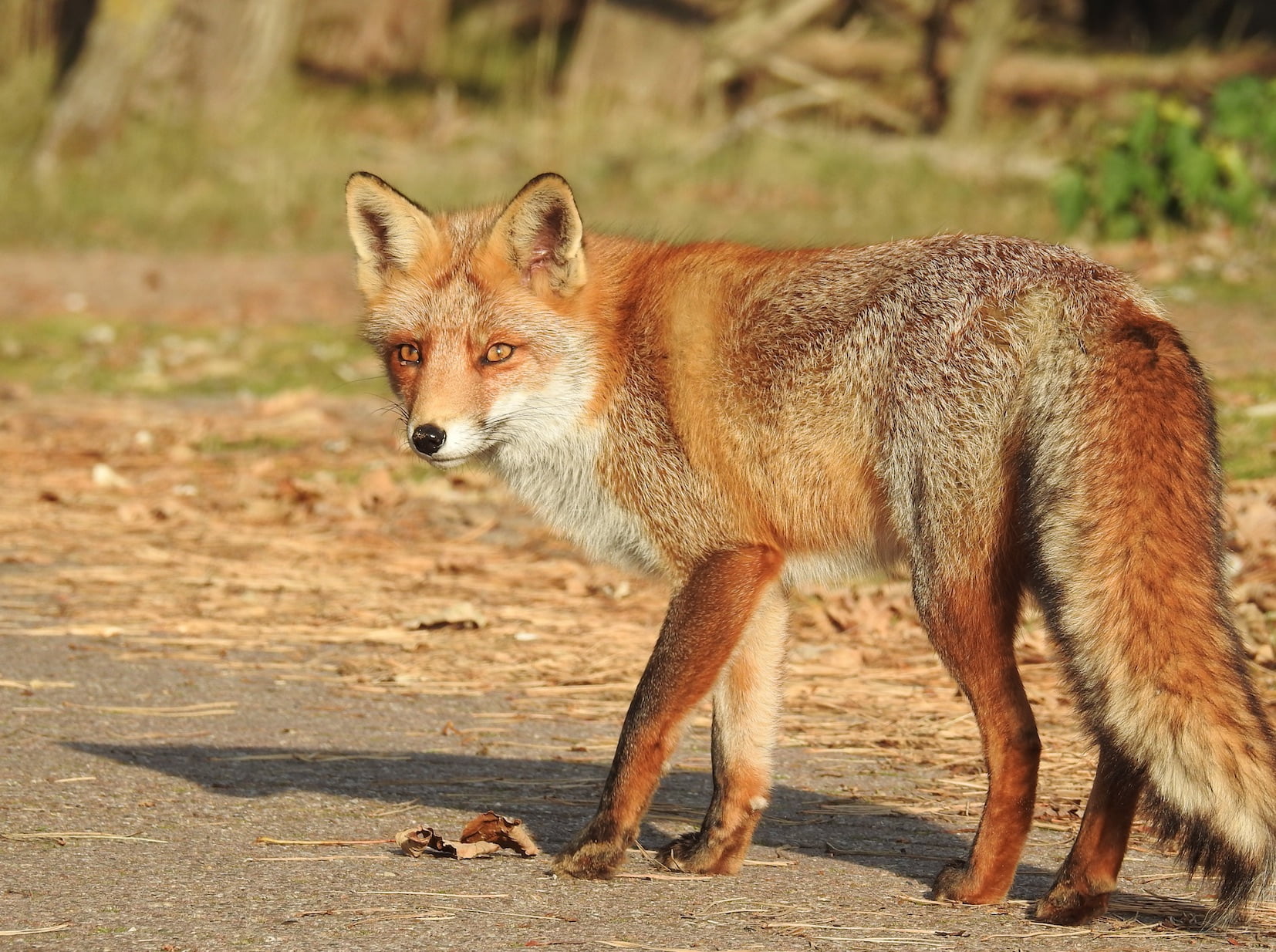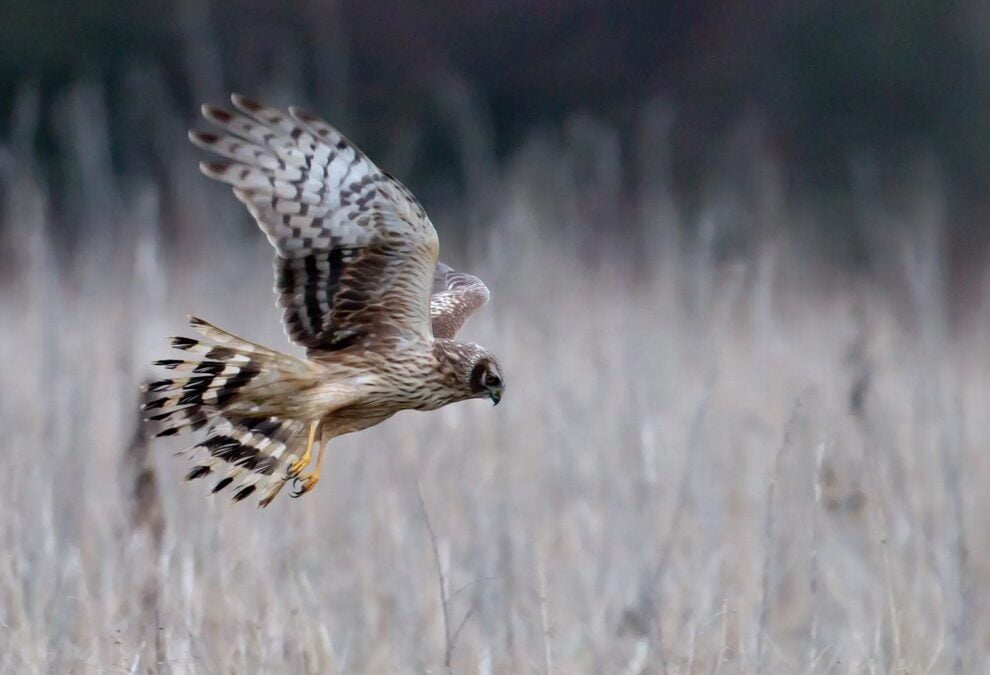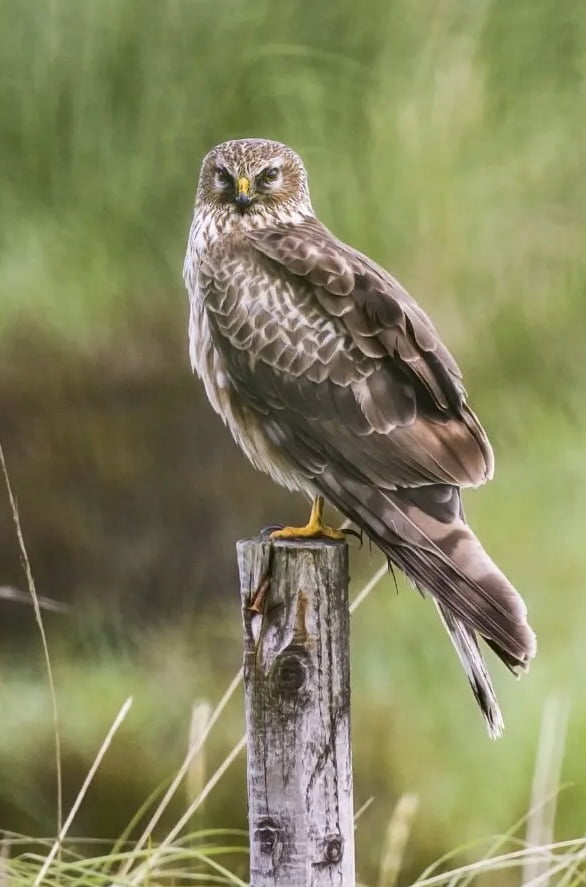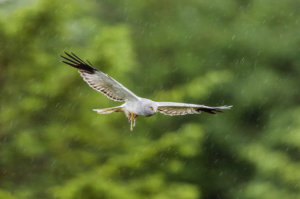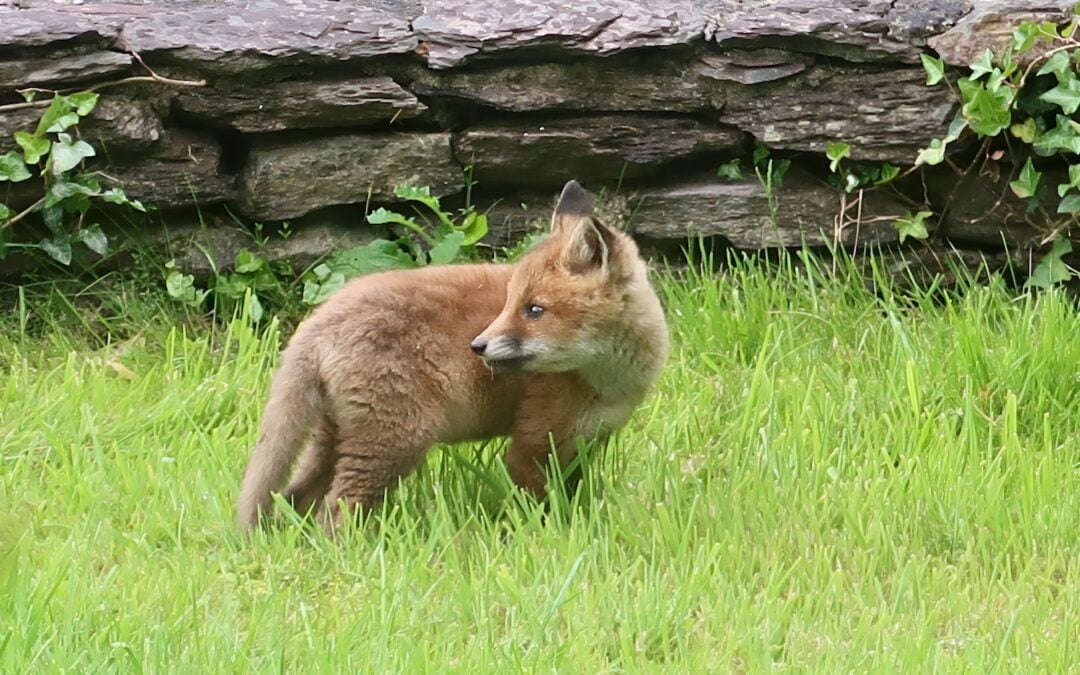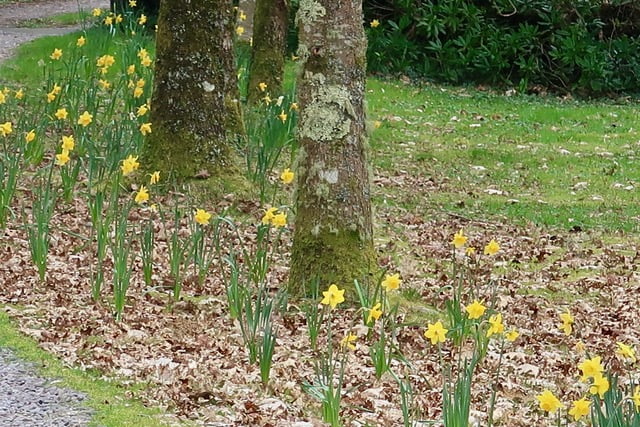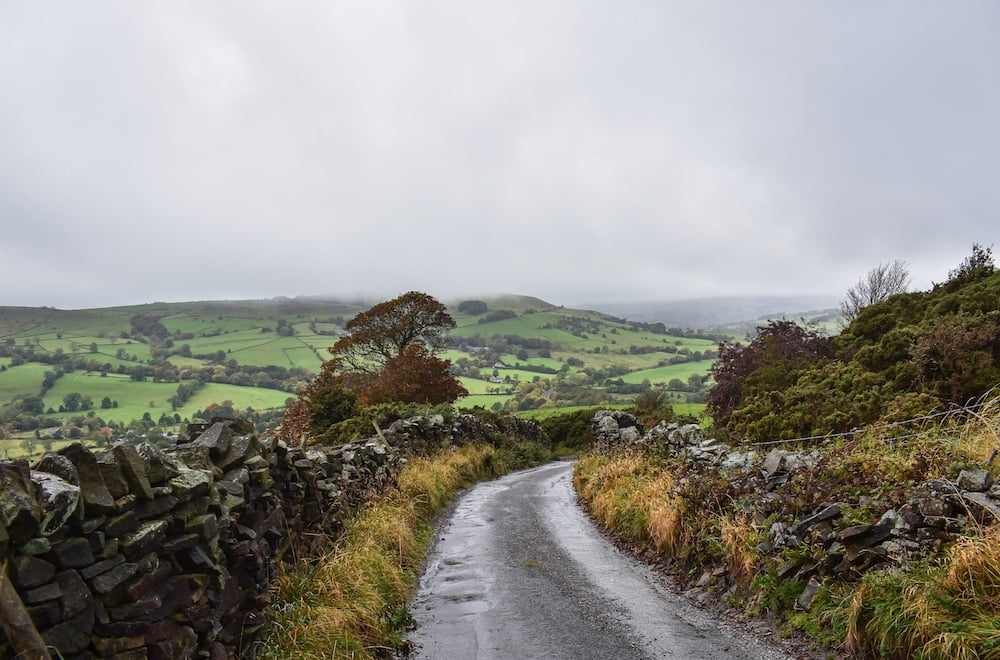
by Andrea Collins | Aug 15, 2025 | We Are The Ark
Hares:
A few weeks ago I noticed two hares running around the property, especially when I was in the car. They’d run across the grass and into the bushes to take cover. Only a few days ago when I was out at 7am feeding the birds I saw about five of them sitting in the field. The grass is now so long I could only see their heads and watched with delight as they slowly moved towards the trees and out of sight. Unfortunately I didn’t have my camera with me but I’m very happy to have them living on my property, as for some reason I have always felt very drawn to them.
According to Simon Barnes, who has just a written a book called “Spring is the only season” Hares are the original Easter Bunnies. He says “The hare is said by many to be the special animal of Easter or Ostara, a spring goddess from ancient German traditions”. They were also considered holy creatures in Roman times and as emblems of the Holy Trinity. But somewhere along the way the hare tuned into what we now call the Easter bunny!
Monbretia
At this time of year the hedgerows are full of wonderful orange wildflowers called ‘Monbretia’ I thought you might like to see them!
Deer
There are three types of deer found in Ireland. These are the Red Deer, Fallow Deer and Sika Deer. The native Red Deer is Ireland’s largest land mammal. Male deer are called ‘stags’ and female deer’hinds’. Young deer are called ‘calves’. Only the males have antlers.
While there are lots of Red deer in Killarney Park they have recently culled 4000 of them. I don’t know if this is overkill (excuse the pun) because I only ever see a handful of Deer on my property, and I l’ve quite close to Killarney National Park. Unfortunately, what few adult deer I do see are often shot and killed by local farmers leaving the young calves to fend for themselves.
The photos below show a couple of vistors that I was able to capture while other visiting deer often walk through the field grazing. I often prefer to sit and watch them slowly walk across the field before they disappear into the trees, instead of running inside for my camera.

by Andrea Collins | Mar 24, 2025 | We Are The Ark
Check out this latest news from Knepp…
White storks lay the first eggs of the year
The stars of our live web cam, white storks Ania and Bartek, are now sitting on four eggs, just like last year. And in nests perched around Knepp Wildland, their peers are also busy laying.
As our white storks continue to arrive home from migration, we’re excited by the building tally of eggs. It’s set to be another record-breaking year at Knepp. Here’s to a dry spring and plenty of earthworms, grasshoppers and other insects crucial for the survival of the chicks.
Wilding Kitchen has a spring in its step
The Wilding Kitchen is springing into life for the new season. We’ll be operating our summer opening times from 14 April, from 9am to 5pm, seven days a week. BBQs are back too, from Friday 2 May. And from Saturday 3 May, Saturday evening service returns.
We’ll be launching our Spring Menu on 14 April – the first from our brilliant new head chef, Alex. More about him in due course! We’re very excited.
Reserve a table to make sure you’re ahead of the queue to sample our new wild-inspired offerings.
Knepp & Storrington named as European Stork Village

Knepp and the nearby village of Storrington have been jointly designated “European Stork village” by the Germany-based EuroNatur foundation.
We’re so honoured to be joining a group of 15 other villages in 15 countries across Europe recognised for the work they’re doing to protect storks.
The White Stork Project, part of the Knepp Wildland Foundation, has had an incredible impact since the first storks fledged in the wild in the UK in 2020. Last year, the project recorded 53 chicks from 27 nests – double the number from the previous year.
The honour will be presented to Knepp and Storrington Council by members of the European Stork Villages Network on Bank Holiday Monday 5 May at our very first Stork & Wildlife Revival Festival, to be held in the grounds of Storrington Leisure Centre. The festival will feature children’s stork parades, animals and music. More info to come over the next few weeks.
Laura Vaughan-Hirsch, manager of the White Stork Project, said: “We’re really proud and excited to be working with brilliant conservation organisations and communities across Europe. We hope storks will help communities to connect with each other, not just across counties in the UK, but over counties and even continents.”
Knepp is home to over 500 ancient and veteran oaks, the monarchs of trees. They can live for a millenium, providing food and shelter for literally thousands of species, from mammals, insects and birds, to fungi, lichens and mosses. But how can we ensure the best outcome for future generations of these giant, open-grown oaks?
Join Knepp’s ranger and woodsman, Tom Burns, for our Story o fthe Oak safari. You’ll follow the journey of an oak from an acorn in a jay’s beak through to the three stages of its life – growing, maturing and stately decline. Learn about the importance of thorny scrub as the ideal nursery for young trees and natural regeneration as a means of securing genetic diversity, improving the long-term chances of a tree surviving disease and climate change.
Knepp is home to over 500 ancient and veteran oaks, the monarchs of trees. They can live for a millenium, providing food and shelter for literally thousands of species, from mammals, insects and birds, to fungi, lichens and mosses. But how can we ensure the best outcome for future generations of these giant, open-grown oaks?
Join Knepp’s ranger and woodsman, Tom Burns, for our Story o fthe Oak safari. You’ll follow the journey of an oak from an acorn in a jay’s beak through to the three stages of its life – growing, maturing and stately decline. Learn about the importance of thorny scrub as the ideal nursery for young trees and natural regeneration as a means of securing genetic diversity, improving the long-term chances of a tree surviving disease and climate change.
Check out more news from Knepp here
Photo Credits David Oldham. Knepp volunteers – Gary Franklin and Tor Davies.

by Andrea Collins | Mar 12, 2025 | We Are The Ark
These daffodils were planted in October 2023 and have done extremely well despite the snow and minus zero temperatures.
The leaves were left on the ground and they act as compost for the bulbs. They also provide a favourite feeding place for Blackbirds, Jays and Robins who turn over the leaves and eat the small grubs attached to the underside of the leaf..
These Irish daffodils have already begun naturalising. This clump has grown from only three bulbs.
I put up some more nesting boxes this year and attached them to the older trees on the property. The boxes will help prevent the crows and Magpies from raiding the smaller birds nests.
I’m waiting to see if there are any takers!
I’m creating hedgerows by making a fence from dead branches and then (once they arrive) I’ll plant a mixture of bare-root native hedgerow mix to Create a living hedgerow. The Ivy and honeysuckle which grow here naturally will also help keep things together. The hedgerows will also offer privacy from my neighbour.
The branches have been woven in between some young Holly trees and woven together they are just the first step in creating a hedgerow.
That’s it for now. I hope you enjoy this beautiful time of year as much as I do.

by Andrea Collins | Sep 25, 2024 | Pixie & Winston
The Autumn Equinox took place this weekend and from now on until the Winter Solstice the days and nights will be of equal length across the entire planet.
Although Autumn has only just officially arrived my two oak trees have been dropping leaves and acorns for the past few weeks, many of which were shaken out of the trees by crows. I wondered what was making so much noise as I watched branches swaying back and forth, until I discovered a large group of large hooded crows fighting over the acorns. I’d never seen that before and didn’t know crows liked acorns. (Sadly, I haven’t seen any Jays this year and they love acorns)
Pixie likes them too. For the first time since we bought her two and a half years ago my female Jack Russell started eating them.. But then she does like nuts so maybe it’s not such a stretch. And Jack Russell’s are foragers by nature.
Winston, my eight year old, male, Jack Russell, showed no interest in eating acorns – and decided to kill a rabbit instead. It must have come into the fenced dog garden, through the gate, and then got trapped behind the wire fencing when it tried to escape. I heard the squeals and was very upset when I discovered (too late) that he’d killed a very large rabbit.
I was very upset with him and told him “a tiny mouse is one thing but a big fluffy rabbit was not okay”
He seemed unapologetic, and actually seemed quite proud of himself as he paraded around the garden holding the rabbit in his mouth, head held high, showing it off like a trophy. There’s no doubt he was trying to impress Pixie who paid no attention to him at all..
After watching him bury and dig up the rotting corpse several times during the day and unable to retrieve the dead rabbit. (he was never too far away) I decided to intervene before he dragged it into the house. I watched and waited, with rake in hand, until he suddenly became distracted and dropped the rabbit. Then (much like a hunter gatherer would have done to steal the wolves’ prey) I ran towards the rabbit with my rake and quickly scooped it up. He was not happy with me at all and growled menacingly as I hurled his trophy over the hedge and into the field. Thankfully, It wasn’t too long before the crows found it. “I’m sorry Winston, but it had to go”
Later that day Pixie, who had never killed anything in her life decided to kill a young collared dove. Not to be “outdone” I suppose, she emerged from the bushes with the dead bird held firmly in her mouth. as if to say “I can do more than eat ground fall”. “Oh no”! Not again” I said to myself.
“What is going on with you guys today? I thought you were nice dogs and only chased after small mice and the odd rat for fun”
The dead dove’s head was dangling out of Pixie’s mouth and she wouldn’t let go. She wasn’t going to let Winston have it either, so I picked up the rake and walked towards her hoping she’d drop it and run away; instead she looked at me and started eating the doves head. I couldn’t believe it. I watched in horror as she chewed off its head and then began devouring the rest of its body. feathers and all.
Suddenly Winston, probably in a fit of jealousy, decided to try to make a grab for it and a major fight ensued with viscous growling and feathers flying everywhere. I charged at them with a rake hoping to break up the fight but there was nothing much left of the bird, by the time I got there – it had been ripped to shreds. I threw what was left of the poor bird over the hedge.
As this ‘blood- thirsty’ behaviour coincided with the supermoon or ‘blood moon’ and with a partial lunar eclipse, I wondered if they were acting out some kind of ancient hunting ritual embedded in their their wolf DNA? Or perhaps they had just been “moonstruck”? (mentally deranged, supposedly by the influence of the moon; crazed)
There had to be a reason behind their actions because Winston has never killed anything more than a mouse before, and I’ve never seen Pixie kill anything.
Whatever the reason I was relieved to see Pixie eating acorns again and Winston chasing after the birds on the grass.
And finally (and thankfully) I don’t have any pictures of Winston carrying his “trophy” around, but this little fella was sitting on the garden gate looking at me this morning…he even did a cute little pose for the camera, so I decided to include a picture of him instead.
Happy Autumn!

by Andrea Collins | Sep 16, 2024 | We Are The Ark
“Sustainable hunting” of endangered birds: Nature Minister’s outrageous response to protection plea.
What is going on? If Minister Noonan wanted to obliterate these endangered birds from our foreshores and lakes then he is going the right way about doing it. What is wrong with politicians, who have a duty and responsibility to protect our endangered birds, and then do the complete opposite, under the guise of allowing “sustainable hunting”? Do the recreational hunters of these amber and red listed birds have so much power that they can lobby to kill anything they want regardless of the long term consequences?

This article below appeared in Irish Council Against Blood Sports on 15 Sept 2024
[Note: Any donations made through Change.org go directly to Change.org. If you wish to donate to the Irish Council Against Blood Sports to support our campaigns, Thank you]
The office of Green Party Minister of State for Nature Malcolm Noonan has stated that he is focused on the “sustainable hunting” of birds.
The outrageous statement was in response to an appeal from the Irish Council Against Sports for the Minister to remove threatened amber- and red-list birds from the open season order which allows recreational shooters to blast them out of the sky for fun.
In our May appeal to Minister Noonan, we stated: “We are writing to renew our appeal to you – during National Biodiversity Week and ahead of the much anticipated broadcasting of the Birdsong documentary on RTE 1 – to please remove all the remaining amber- and red-list birds from the Open Season Order.”
We went on to list the RED LIST BIRDS OF HIGHEST CONSERVATION CONCERN: Snipe (breeding populations of snipe now “IN SEVERE DECLINE”), Golden Plover, Shoveler, Red Grouse, Woodcock.
and the AMBER LIST BIRDS OF MEDIUM CONSERVATION CONCERN: Mallard, Teal, Gadwall, Wigeon, Tufted Duck, Greylag Goose.
“These birds are in trouble,” we reminded the Minister. “They have been identified by Birdwatch Ireland and RSPB Northern Ireland as birds of medium conservation concern and highest conservation concern. Please act now to safeguard the future of these vulnerable species.”
We referred to his previously stated commitment to “support sustainable hunting practices”, denouncing it as “entirely inappropriate, particularly from a Green Party representative in the context of species at risk of extinction”.
“There must be zero hunting of these species and definite moves toward allowing all birds to live free from the horrors of recreational shooting,” we added.
In a 22 August reply, Minister Noonan’s private secretary wrote: “On behalf of Mr Malcolm Noonan, Minister of State for Nature, Heritage and Electoral Reform, I wish to refer to your correspondence in relation to the Open Season for Birds.
“Minister Noonan has committed to the establishment of a stakeholder forum on the sustainable hunting of wild birds. This forum, which will facilitate discussions and collaboration with relevant stakeholders on the issue of sustainable hunting, will include hunting organisations, eNGOs, Government Departments and farming organisations.”
Last year, Minister Noonan removed four out of 15 amber- and red-list birds from the shooting list. A statement from the Department of Heritage at the time outlined that the reason scaup, pochard and goldeneye were removed was “due to the great decline in their numbers in Ireland”. It revealed the shocking extent of the demise – “over the period 1994/95 to 2019/20, estimated declines of 89% (scaup), 79% (pochard) and 67% (goldeneye) have been recorded”.
Pintail was also removed from the shooting list “due to the very small numbers in Ireland at this time” (estimated to be just 1,107 individual pintails).
According to the Department, the decision to remove the birds was made “in order to ensure that the hunting of the species on the open season order is sustainable and in line with Ireland’s obligations to safeguard threatened bird species and the ‘principles of wise use’ under the EU Birds Directive”.
It is imperative that Minister Malcolm Noonan proceeds to fully protect the remaining 11 amber- and red-list birds from shooters. Join us in contacting him.

ACTION ALERT
Tell Minister Malcolm Noonan to stop the killing and give full protection to Snipe, Red Grouse, Shoveler, Golden Plover, Woodcock, Mallard, Teal, Gadwall, Wigeon, Tufted Duck and Greylag Goose and all birds.
Malcolm Noonan TD (Green Party, Carlow Kilkenny) Minister of State for Nature
Tel: (01) 618 3148 OR (01) 618 3156
Email: [email protected]; [email protected]
Facebook: https://www.facebook.com/MinisterMalcolmNoonan/
X: https://twitter.com/noonan_malcolm
Heritage Minister Darragh O’Brien (Fianna Fail, Dublin Fingal)
Tel: (01) 618 3802 OR (086) 251 9893
Email: [email protected]; [email protected]
Facebook: http://www.facebook.com/DarraghOBrienTD
X: http://twitter.com/DarraghOBrienTD
The threatened birds blasted to death by shooters
The Snipe is a threatened red-list species of highest conservation concern. Breeding populations are now “in severe decline”. Shooters are allowed to kill Snipe during 153 days of the year (1st Sept – 31st Jan).
The Red Grouse is a threatened red-list species of highest conservation concern. Shooters are allowed to kill Red Grouse during the month of September.
The Shoveler duck is a threatened red-list species of highest conservation concern. Shooters are allowed to kill Shoveler ducks during 153 days of the year (1st Sept – 31st Jan).
The Golden Plover is a threatened red-list species of highest conservation concern. Shooters are allowed to kill Golden Plovers during 153 days of the year (1st Sept – 31st Jan).
The Woodcock is a threatened red-list species of highest conservation concern. Shooters are allowed to kill woodcock during 92 days of the year (1 Nov to 31 Jan).
Teal, Gadwall, Wigeon, Tufted Duck – amber-listed birds of medium conservation concern. May be shot throughout the state between 1st September and 31st January.
The Greylag Goose – this amber-list bird may be shot between 1st September and 15th October (anywhere in the state) and also between 16th October and 31st January on Lady’s Island, Wexford and in Gearagh East and West in County Cork.
See the open season order
Read the “Birds of Conservation Concern in Ireland 4: 2020–2026” report
SEE ALSO
Birds removed from shooting list after suffering ‘great decline in numbers’
Minister Noonan: “Conservation concerns” about most birds that shooters are killing
Red-list birds blasted to death
5-year licenses for shooting threatened red-list birds
Over 4,000 licenses granted for killing on state foreshores
NPWS licences allow killing at foreshores and 43 lakes

by Andrea Collins | Aug 30, 2024 | We Are The Ark
Blood sports, where animals are pitted against one another in violent confrontation, are a cruel practice that has no place in a compassionate society. As an individual who cares deeply about our wildlife and opposes any form of animal cruelty, it’s upsetting to see these type of activities still going on in Ireland today.
It’s good to see that The National Parks and Wildlife Services are offering the public an opportunity to help them update their inadequate wildlife protection.
“The National Parks and Wildlife Service (NPWS) has opened a public consultation on review and the updating of wildlife legislation. I hope that anyone concerned with the atrocious cruelty to wildlife that shames our culture will make their views known by the closing date of September 13.
And I pray that that this process will lead to a drastic overhaul of wildlife laws because currently these fail to protect our treasured fauna.

The Irish Hare, supposedly “protected” under the Wildlife Act, can be captured, held in unnatural captivity, and then forced to run from dogs. Thousands of them are netted each year for coursing despite the fact that this native mammal (the Irish Hare is a sub-species of the Mountain Hare that is unique to Ireland) has been in decline for the past half century due to habitat loss.
The fox lacks even the “protective” fig-leaf accorded to the hare. It can be killed all year round…by lampers, mounted hunts, and snaring. This wonderful wild dog of the countryside is hounded by people whose idea of fun is ending the humble life of an animal whose nervous system is similar to that of any domestic dog.
The badger’s “protected” status, like that of the hare, counts for little, given its role as a handy scapegoat for the State’s failure to eradicate Bovine TB. Since 1984, more than 120,000 of the shy nocturnal creatures have been snared and shot.
Then there are the birds officially “protected” but still being shot for sport. These include red-listed Snipe, Golden Plover, Shoveler, Red Grouse and Woodcock and amber-listed Mallard and Graylag Goose.
These birds should be removed as a matter of urgency from the Open Seasons Order that allows gunmen to shoot them.
I hope people will avail of this opportunity to demand the end of practices that make a mockery of “wildlife protection” and that the government will then implement the will of the people.”
This letter written by John Fitzgerald first appeared in the Irish Daily Mail, August 26th 2024
For those who wish to get involved please send a submission to the NPWS [email protected] before Sept.13th 2024.
Sign the Petition Here
Find out more Here

by Andrea Collins | Jul 16, 2024 | We Are The Ark

Photo: Mike Brown
As an avid supporter of wildlife preservation, I’m happy to share Birdwatch Ireland’s campaign to bring attention to the dwindling numbers of the Hen Harrier in Ireland. Please take a look at Birdwatch Ireland’s article below that brings attention to the plight of the iconic bird of prey and please consider making a donation: ”

Photo: Mike Brown
The captivating skydance of the Hen Harrier has been woven into the fabric of our uplands for generations, awakening a sense of awe and wonder in all lucky enough to witness it. Unfortunately, the disappearance of the Hen Harrier is happening before our eyes. The results of the 2022 National Hen Harrier Survey show that time has almost run out for these iconic birds of prey in Ireland, and that the species is now faring even worse than the Curlew and the Corncrake – species often held up as prime examples of biodiversity loss in Ireland. Since the last national survey, the Hen Harrier has declined by one-third in just seven years, with only 85-106 breeding pairs believed to remain in the country. Without strong and swift intervention, the Hen Harrier faces the very real prospect of extinction in Ireland in just 25 years, its skydance and chattering call no longer gracing our uplands. However, there is hope. As the Hen Harrier is one of our best-studied birds, we know what we need to do to save it.
THIS IS WHERE YOU COME IN
We know that we need a strong and fit-for-purpose national plan to save the Hen Harrier and the other species that depend on the same habitats. To date, BirdWatch Ireland staff have invested over 230 hours in fighting for a more robust Hen Harrier Threat Response Plan that will save the species. However, this work is only just beginning. As we move to the implementation phase of the plan, we need to focus our energies on ensuring a fit-for-purpose plan that actually delivers benefits for Hen Harriers and the upland landscapes on which they depend. BirdWatch Ireland will advocate for a strong Hen Harrier Threat Response Plan and call for the most ambitious actions to save this species, as well as monitor the implementation of the plan. In parallel to this, we will advocate for and continue to undertake Hen Harrier surveying and monitoring work so that we can build on our knowledge of this species and inform targeted conservation measures. To do all of this, we need your help. That is why we are counting on you to donate to our Hen Harrier Appeal.
Donate to the BirdWatch Ireland Hen Harrier Appeal here

Photo: Richard T. Mills
IF YOU LEND US YOUR SUPPORT, WE CAN:
Advocate for a robust Hen Harrier Threat Response Plan which delivers for Hen Harrier Conservation and review its implementation on an ongoing basis to ensure it is delivering for Hen Harrier populations. Purchase specialised monitoring equipment to allow us to expand our surveying and monitoring work to understudied areas outside of the SPA network, where over half of the breeding Hen Harrier population nests. Advocate for appropriate measures to retain winter stubbles and important foraging habitats for Hen Harriers. Develop efficient and accurate Hen Harrier survey and monitoring methods to allow nest location and monitoring in a non-invasive way. Review afforestation policies and advocate for improved afforestation and forest management planning to reduce the negative effects to Hen Harriers associated with habitat loss and disturbances. Create and deliver informative Hen Harrier communications materials for the public which serve to inform and inspire action. We are extremely grateful for any support you can give us, and we look forward to providing full updates on what we have achieved using your donation on a regular basis. Yours Sincerely, The BirdWatch Ireland team.”
*All images in this article are copyright of Birdwatch Ireland.
Feature Image: Shay Connolly
Photographs: Mike Brown, Shay Connolly, John Lusby and Richard T. Mills

by Andrea Collins | Jun 21, 2024 | We Are The Ark
After a wave of attacks on my ARK I’ve been reluctant to post any new updates for a while now and at one point I was tempted to move away.
Foxes have been poisoned and shot – birds, especially magpies, have been taken in Larrsen Traps and left to die, and the handful of deer I’ve come to know over the years have also been shot.
Unfortunately I am surrounded by farmers who do not like wildlife. They also believe that conservation groups, or anyone interested in protecting the natural world are the “the enemy”.
To make matters worse the local gardai are not interested in prosecuting farmers for wildlife crimes because it can result in a hefty fine or even a prison sentence. They would also have to deal with the outrage from other farmers who sneer at our wildlife crime laws and made sure they were sufficiently watered down not long after being introduced in 2012. They’ve been getting away with murder for so long now they believe they have the right to do whatever they want. And those outraged farmers also carry firearms whereas our gardai do not.
My own experience of finding banned “poison” laid down in a nearby field and then handing a sample over to the Gardai resulted in the gardai taking the sample from me and then somehow losing it instead of sending it to the lab. The NPWS (National Parks and Wildlife Services) wanted to prosecute (my neighbour in this case) but without the hard evidence there was nothing they could do, and my photos didn’t provide enough evidence to prosecute. One of the gardai even went as far to say “anyone could have put that in his field”. But my neighbour did receive a visit from the NPWS a few weeks later and they removed the poison he had stashed in his barn. The two local vets I contacted wouldn’t test for poison either because they both work for local farmers, so it’s not surprising that so few convictions are ever brought forward.
In hindsight Kerry wasn’t perhaps the best place to build an ARK – or maybe it was. Maybe the farmers here, with their outdated beliefs and tight control over our wild places (and wildlife) need to be challenged and held to account.
Shooting at foxes would make some sense if my local farmers were raising sheep or hens but they are raising cows and have no justification for killing anything; they do it simply because they don’t like wildlife and they know they won’t get charged. They believe only domesticated animals have the right to graze in their fields and recently lobbied to increase the deer hunting season, which means they can now legally shoot pregnant females. The explanation we were given by government sources was “we have too many deer in Ireland” but those who voted against the extension tell me “the farmers just don’t want deer on their lush spring grass”.

In better news the new CAP (Common Agricultural Policy) laws have been changed to allow farmers to re-wild up to 30% of their land. I’m optimistic it’s a step in the right direction, and with a new generation of young farmers taking over the old guard, there’s a good chance we’ll see them putting more land aside for nature, as time goes on. We need young blood to embrace the new guidelines because a huge 70% of the land in Ireland is currently used for agricultural purposes, meaning there are v fewer places left for our wildlife to exist.
ARK founder Mary Reynolds feels that Ireland has almost forgotten about it’s wild places:
“Ideas of control are hard to relinquish. Ireland has a history of locking up wildness and throwing away the key. Weedy unkempt places have associations of poverty. Letting the land go was a visible sign of defeat or grief for many people, the loss of loved ones through bereavement or emigration. Prosperity has been drawn on the landscape with ripped-out hedgerows and a blank green carpet of heavily-fertilised rye grass. We need a new story about wild places”
There is also good news from our NPWS who have recently added a Wildlife Crime page to their website making it easier to report wildlife crime and prosecute offenders. A few months ago when I was reporting my own ARK attacks no such page existed. It took a lot of emails and phone calls before I could find anyone to help me. So this is heartening news.
Useful links:

by Andrea Collins | Mar 21, 2024 | We Are The Ark
Today is March 21st – officially the first day of Spring! This is a time to celebrate new beginnings and look forward to the year ahead.
Spring flowers and buds have begun growing again after their long winter sleep. They are unfolding and bursting into life everywhere, signalling a time of renewal, hope and rebirth.
The dawn chorus has reached fever pitch and birds are singing throughout the day now hoping to attract a new mate. They are literally “full of the joys of spring”. This is my favourite time of year – a time when we are finally liberated from the dark, short winter days and able to spend more time of outside in Nature. The dogs are happy too, as they begin to savour more daylight hours and the extra walks!
Last year three of us planted over a hundred Irish daffodils on the grassy areas either side of the treed driveway, and It was the first year I didn’t rake up the leaves. To my surprise they are still pretty much in place, although a few have migrated across the grass. I’ve watched them slowly mulch down and also provide grubs for the birds to feast on during the long winter months.

The daffodils began to appear in early February – their bright green shoots pushing their way through the brown leaves and yellow buds waiting to unfurl. I didn’t know how many of the bulbs we planted would survive the winter, but they all seem to have flowered apart from a few who had their heads eaten off by passing deer.
Now the daffodils are fully open and the whole area looks more like a woodland garden than the patches of fertilised lawn, I inherited when I moved here four and a half years ago. And moss is slowly replacing much of the grass, creating different hues and textures while returning the land to its natural state. It looks as though it has always been here – growing under the trees and covering their large root systems. The daffodils and moss (and dead leaves) have transformed what was a dead grassy area into a vibrant, living eco-system.
Mosses play an important role in our eco-systems because they offer ‘microhabitats’ that are critical to the survival of organisms and provide shelter for insects to live. They also help retain moisture, which is good for the daffodils, and birds like to dig under the moss looking for grubs and insects to eat.
The brown, dead-looking hedgerows are also returning to life, filling up with violets, primroses, daisies, dandelions and broom – while many of the different species of shrubs and trees growing there are covered with tiny leaves and buds. We have finally begun to transition away from the stagnant days of winter and into a new season of renewal and rebirth.

I recently learned that buds can be used to make tinctures. The methodology is called Gemmotherapy—derived from the Latin words “gemmae” (buds) and “therapeia” (therapy) and these tinctures can act as a natural immune booster containing anti-fungal, antimicrobial, anti-inflammatory, and antioxidant agents. Once harvested the buds can be soaked in glycerin and alcohol for three weeks before the tincture is ready to be used. There are several websites that provide instructions on how to do this including the links page for this blog, and they provide a long list of suitable trees buds which can be used to make tinctures. Oak tree buds are on that list and are said to make a good general tonic. I’d like to try making some of that myself as my two large oak trees are on the verge of forming buds.

My apple and plum trees are now covered with blossom and I’m hoping that my new resident bees will take care of any pollination problems I encountered last year when none of my trees bore fruit. When the bees arrived late last summer (like the cavalry at the eleventh hour) they flew into an opening above the large bay window at the side of the house, and set up their new hive there. They cleverly arrived before the autumn weather set in and were able to collect enough pollen to make honey to keep them going over the winter months (I hoped) and I was relieved when I saw them finally emerge from their hive a few weeks ago, and begin to fly around outside, checking out their new surroundings, and looking for pollen. I’m hoping that on their travels they stumble upon my fruit trees. It would be lovely to eat some home grown apples and plums this year. and the bees will get the benefit of the yummy honey.
See the links page for more information.

by Andrea Collins | Feb 23, 2024 | Electro Sensitivity
Kerry County Council in all their wisdom have approved an application from Three Ireland to build a 30 meter (100ft) high latticed mast about a kilometre away from where I live – right in the middle of a scenic area, part of which includes the Kerry Way, a world class walking destination. The application stated that the tower would be visible for two miles in every direction and up to four miles to a slightly lesser degree. Therefore, it will dominate the unspoilt landscape consisting of green fields, streams, rivers, areas of mature native woodland, farmland, hedgerows and ancient stone walls. It will also traverse the Kerry Way, a world famous hiking trail so that walkers will literally have to walk past a massive tower along the trail. What were they thinking?
A small group of us have since appealed their decision which is now in the hands of An Bord Pleanala and we can expect a final decision from them on June16 /2024. We can only hope that they find the location of the proposed mast unsuitable and take issue with the fact that no Environmental Impact Assessment (EIA) was done.
The applicants provided council with a selection of dreary photos showing sections of the main road into Kenmare (the N 70) which included areas of hedgerows and trees, and claiming that these patchy areas of vegetation along the main road would obscure the mast from view. Well, even if the land behind the road was flat, the mast would still be highly visible from the road – but as the land rises steeply from the road up to a forested section where the proposed mast is to be located, it will literally tower over, not only the road, but the entire surrounding landscape for miles around.
Shamefully, none of the applicant’s photos showed the natural beauty of the area. The photos were very dark and the green areas looked almost black in some photos. And as the planners are not local (Tralee, north Kerry) they might not be familiar with this area at the southern tip of Kerry. The bad photos no doubt helped the planners make their decision.
The applicants also spent a lot of time talking about the “importance of digital connectivity”. It seemed more important to them than the land they were about to wreck (no surprise there). And forget about health concerns – they really don’t care how their phone masts affect people’s health. All they care about is getting their mast built. We can only hope that An Bord Pleanála takes a more conservative and conservation-minded approach when looking at all the “evidence” and over-turn Kerry County Council’s decision.









